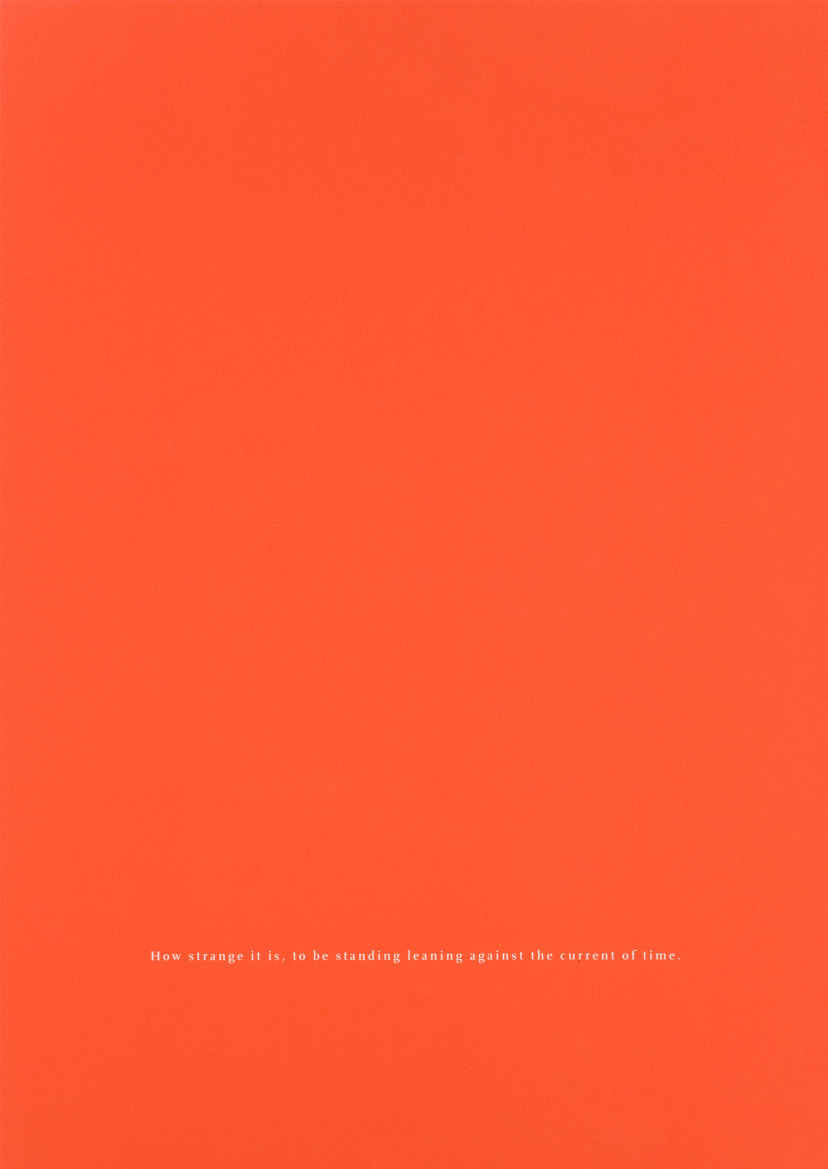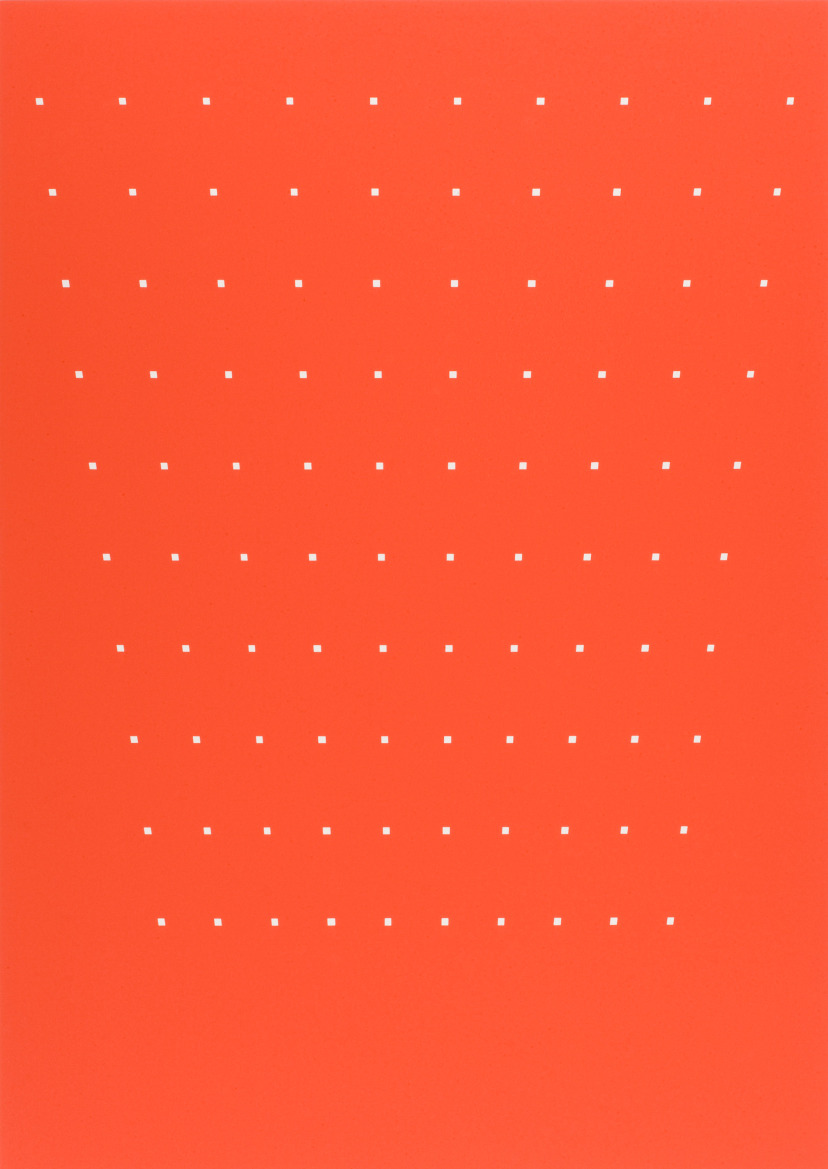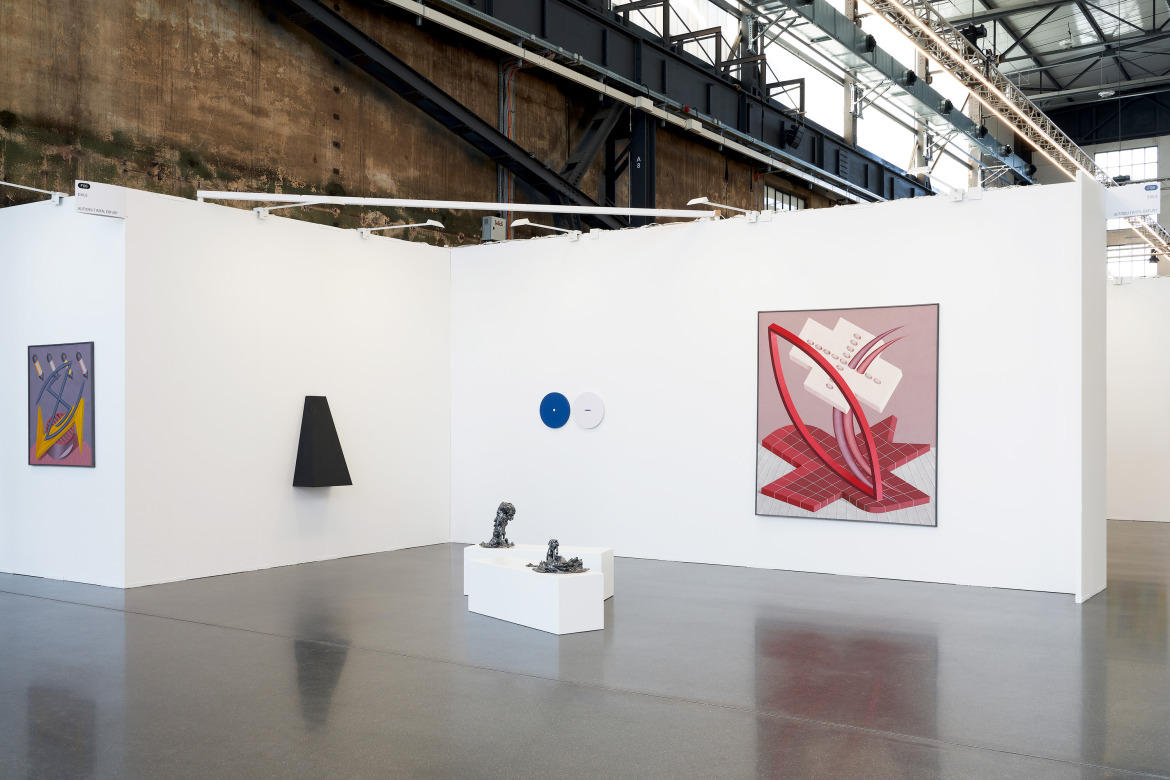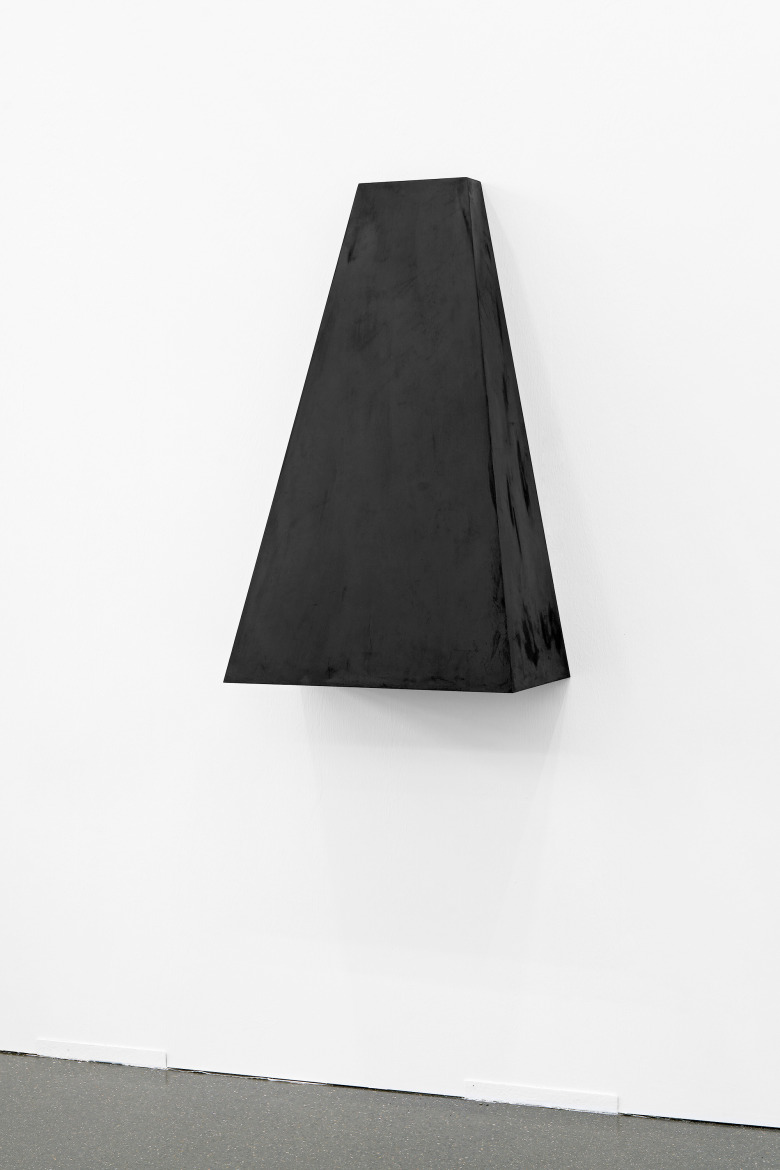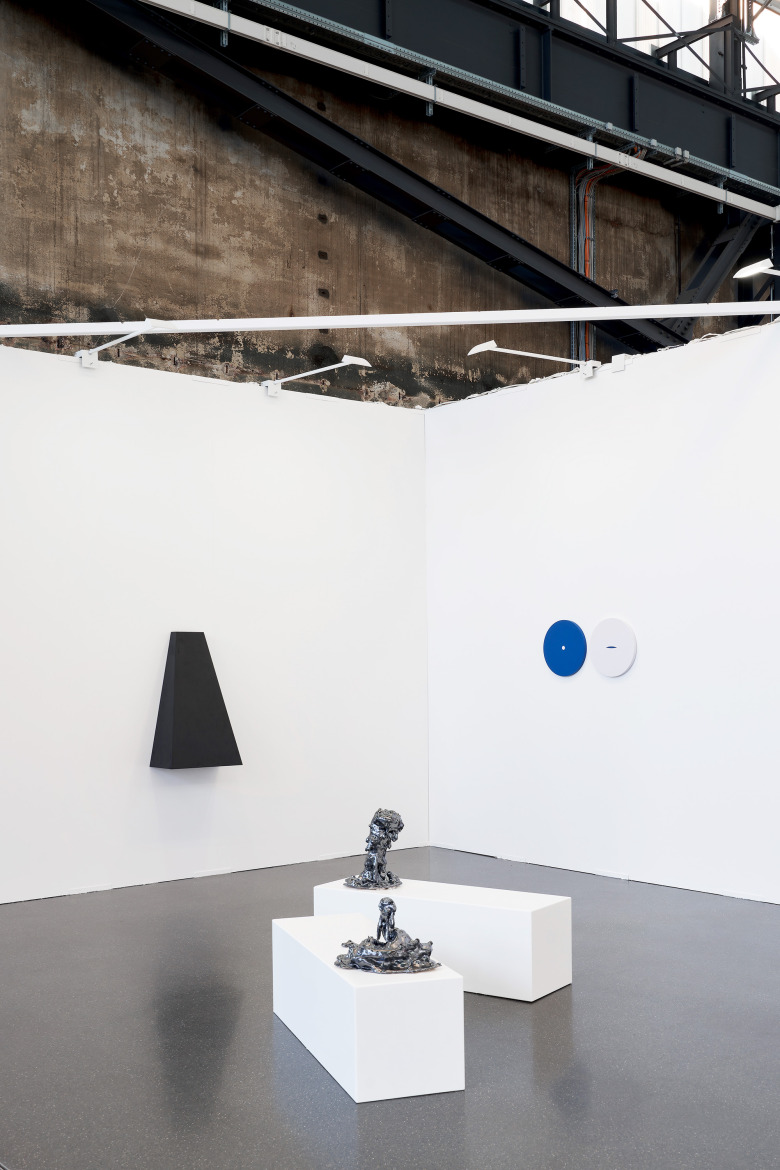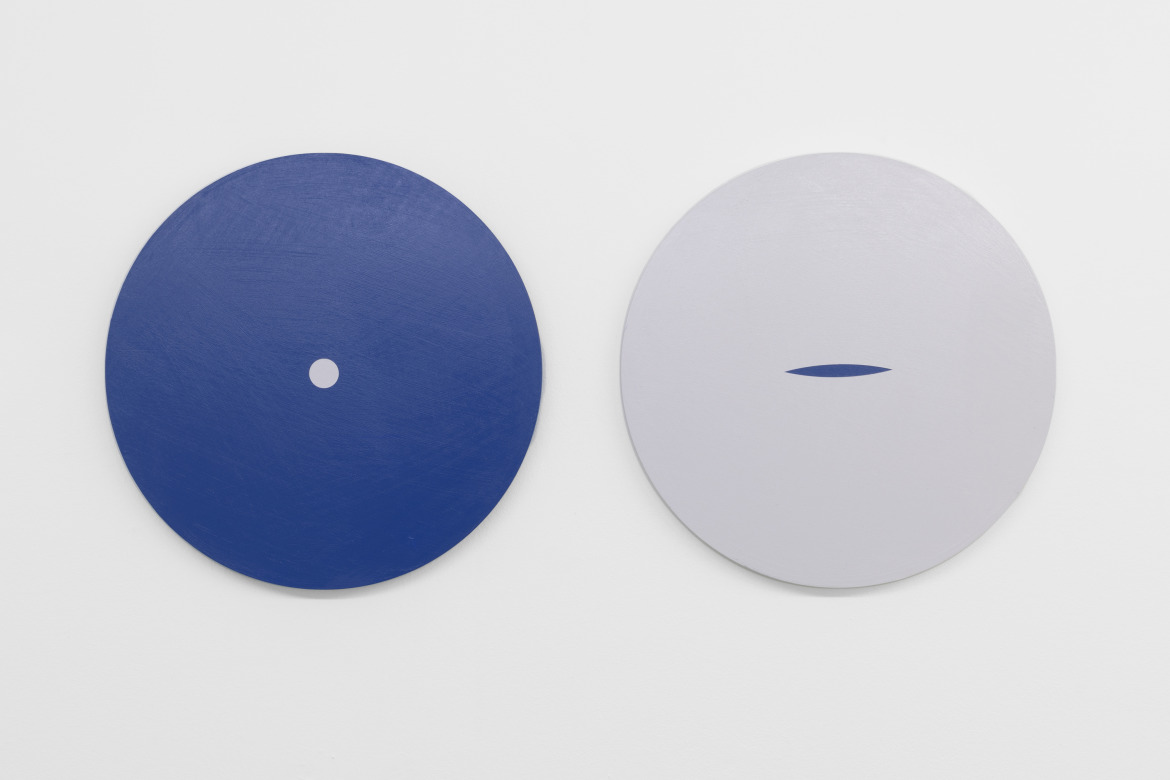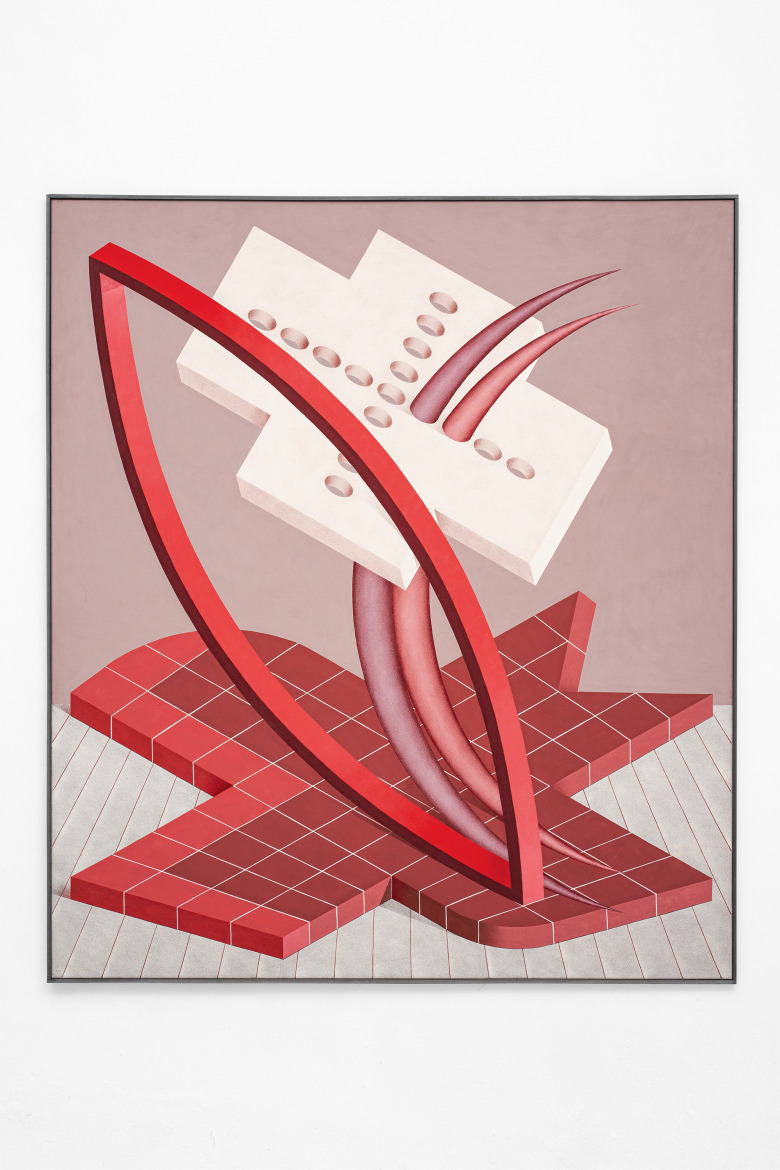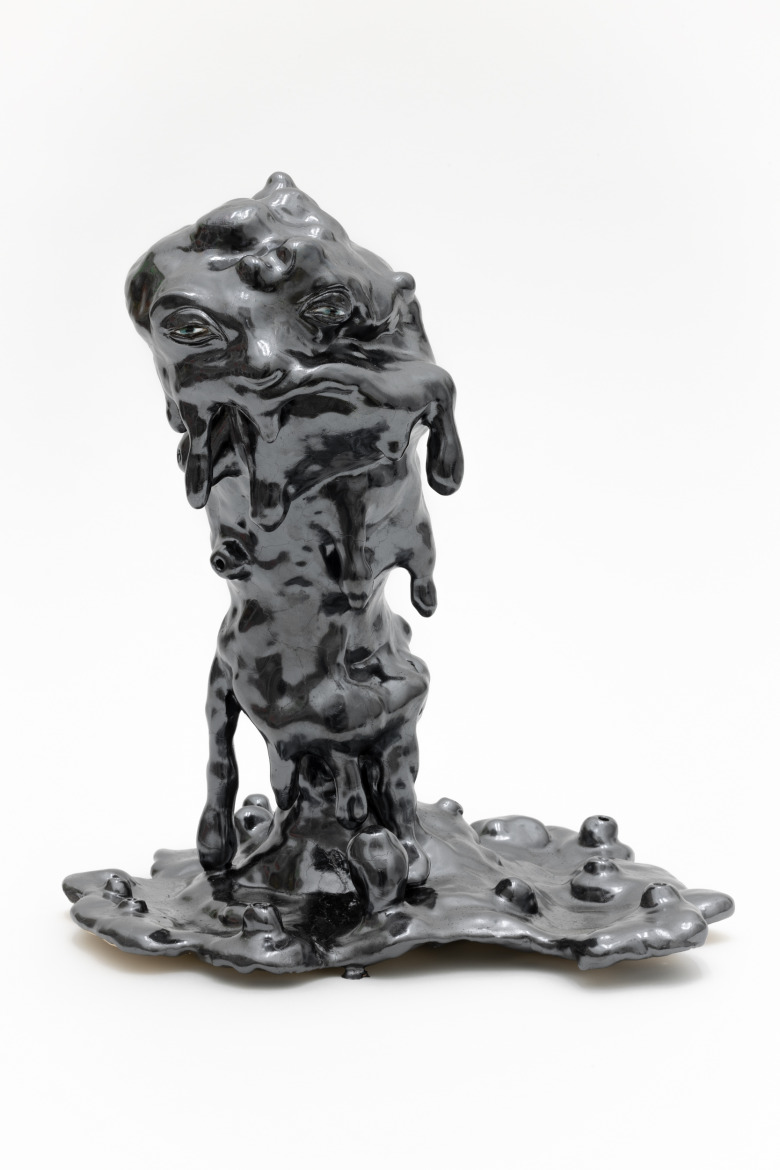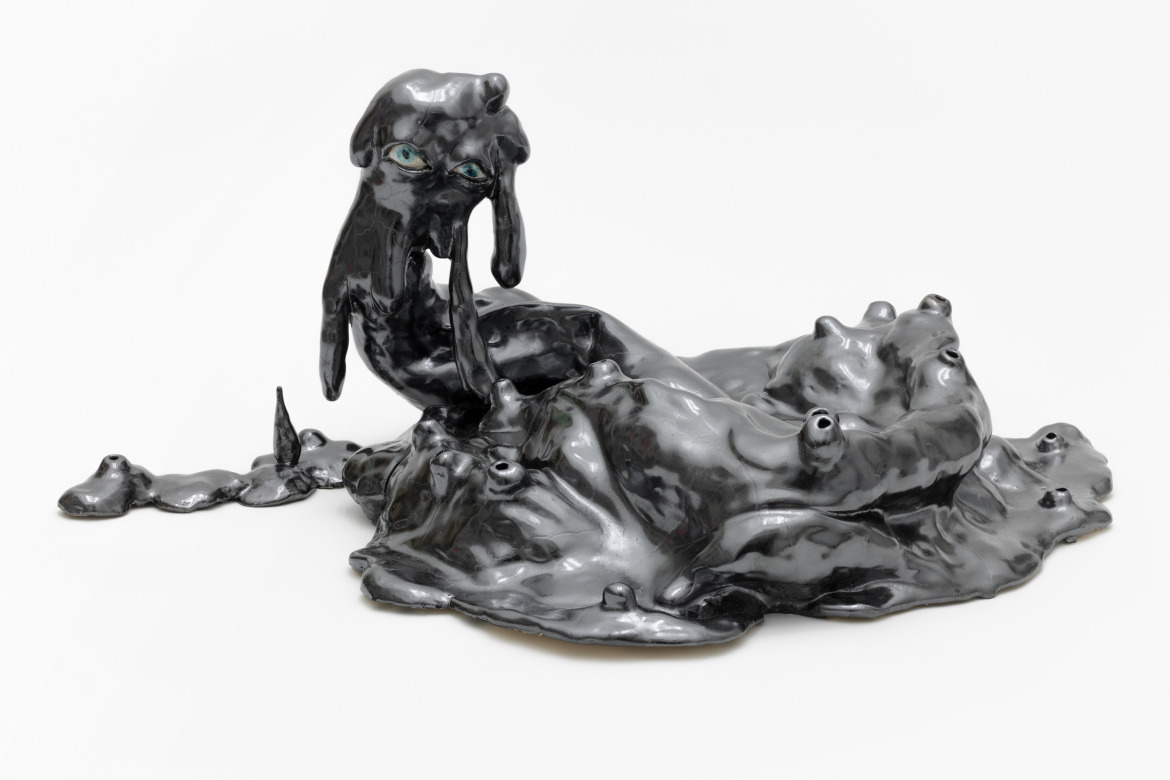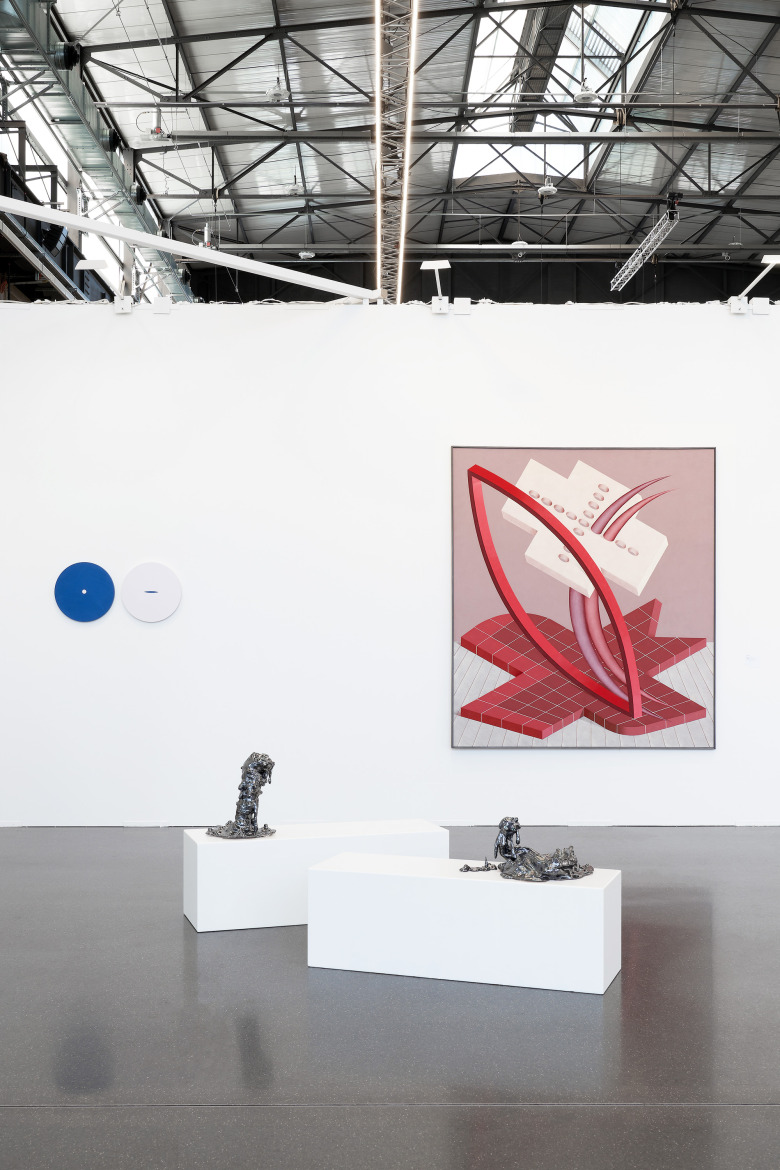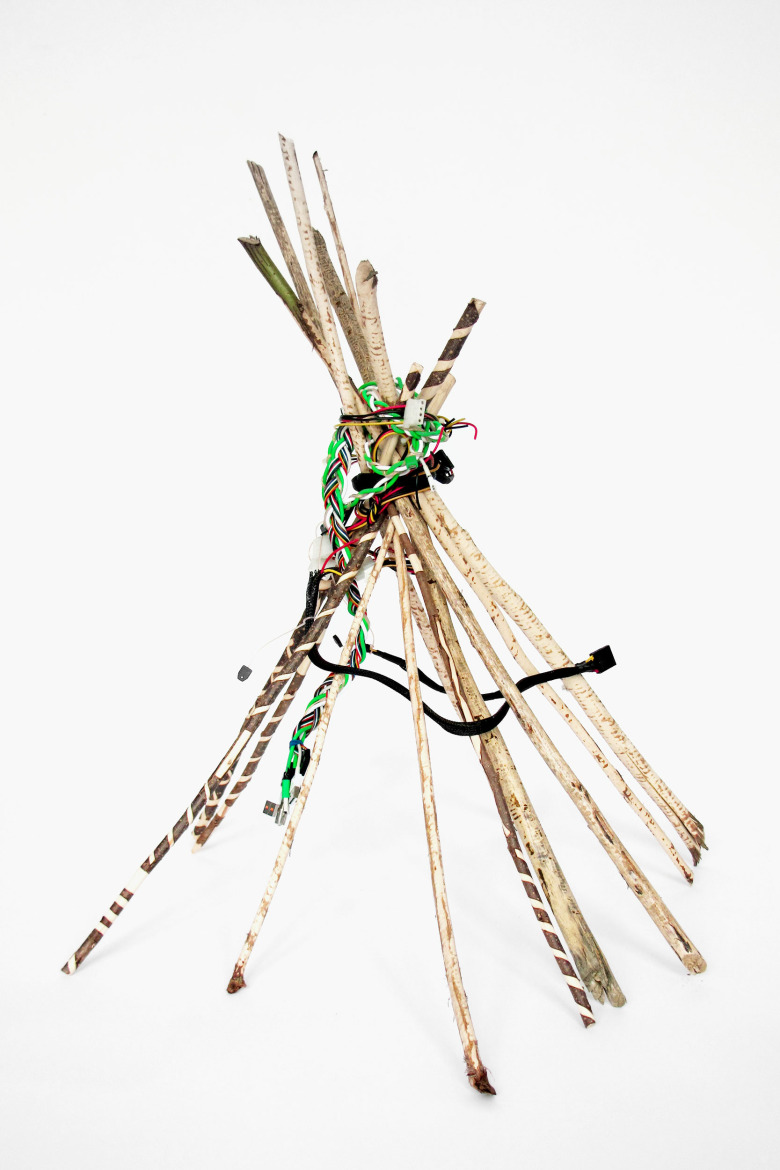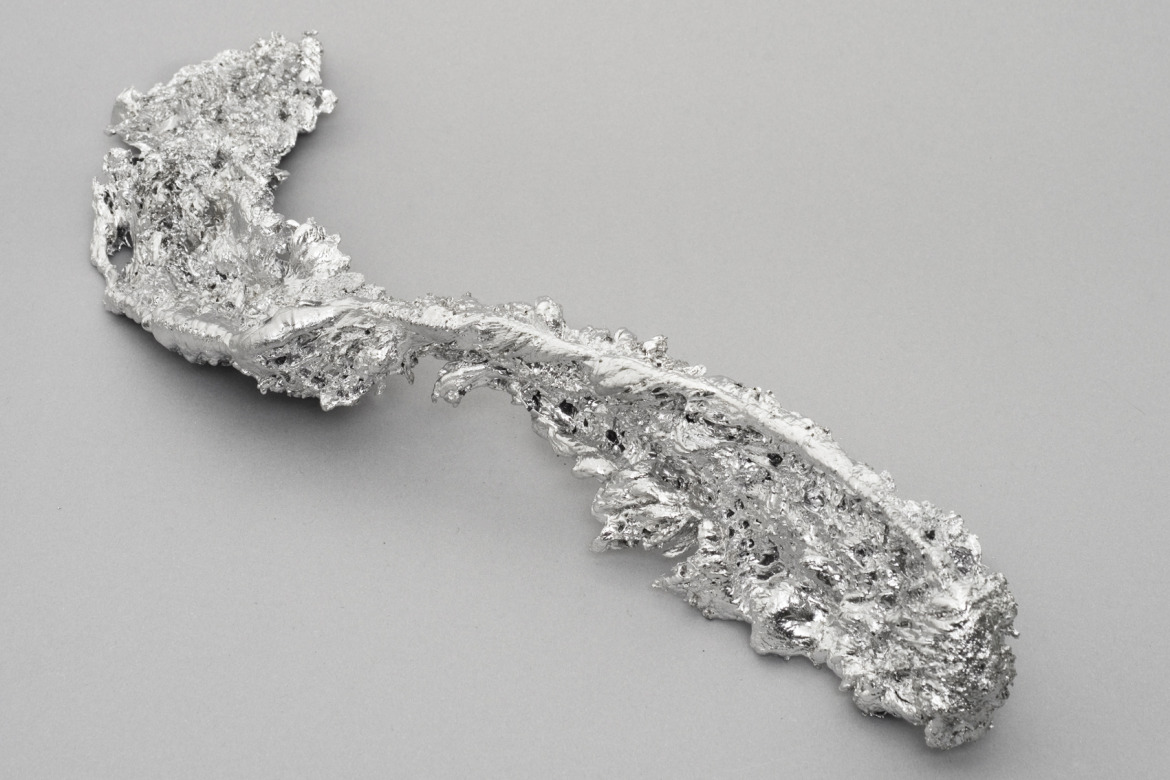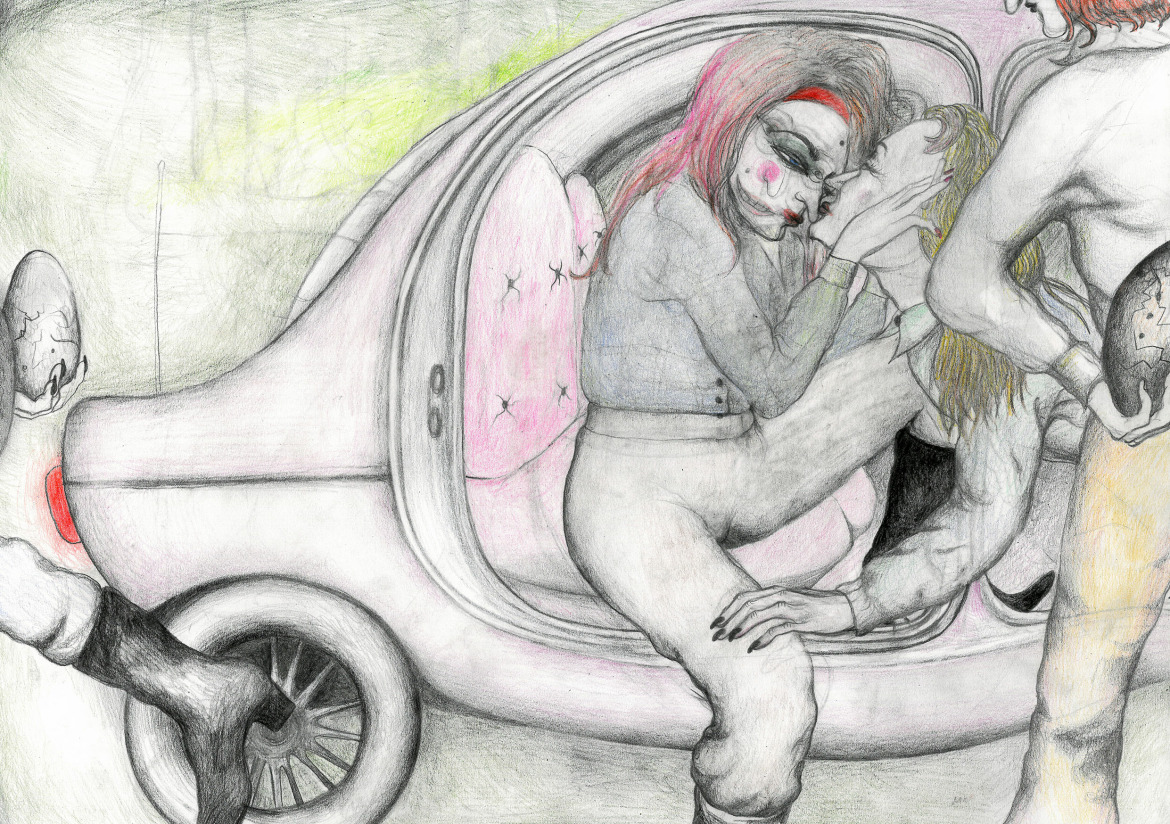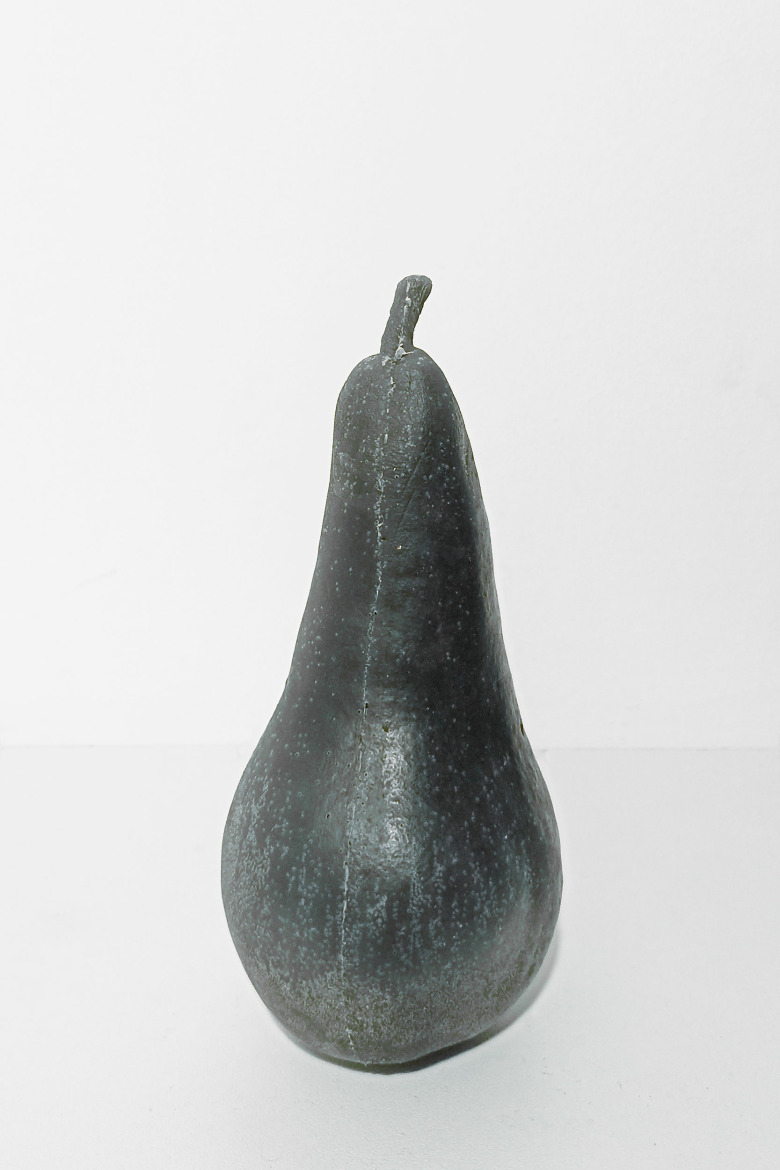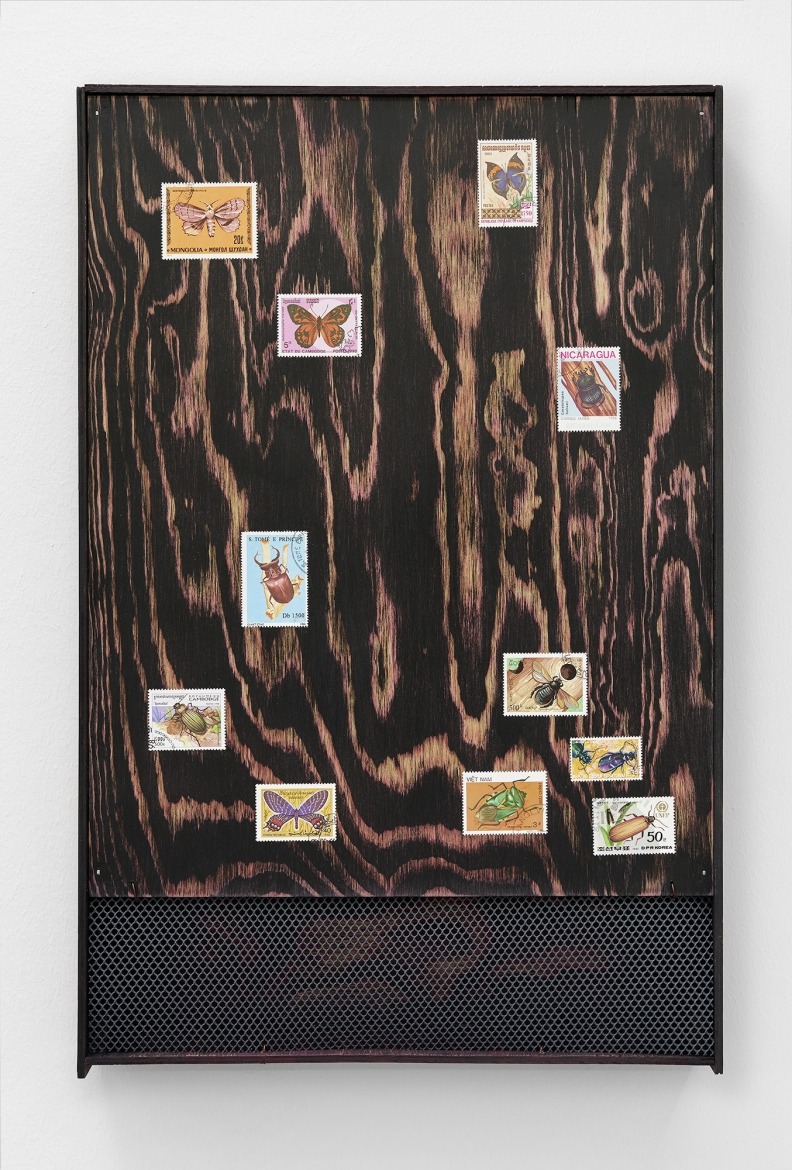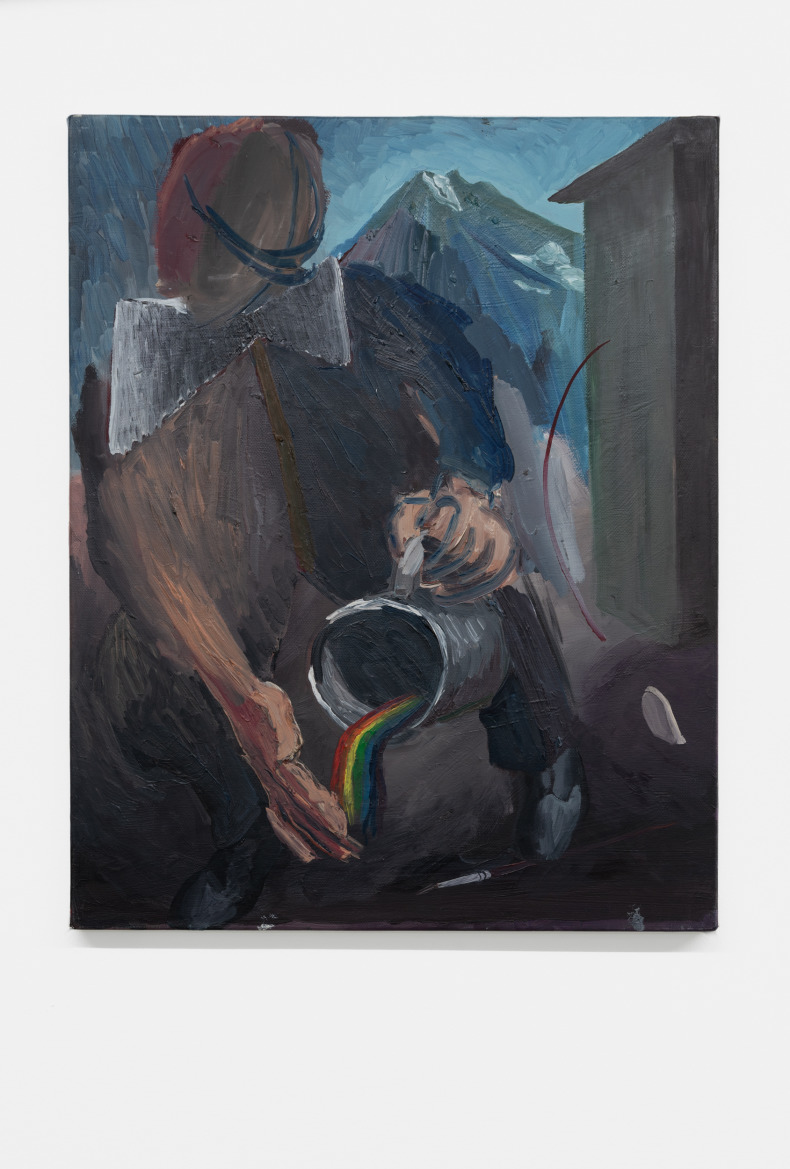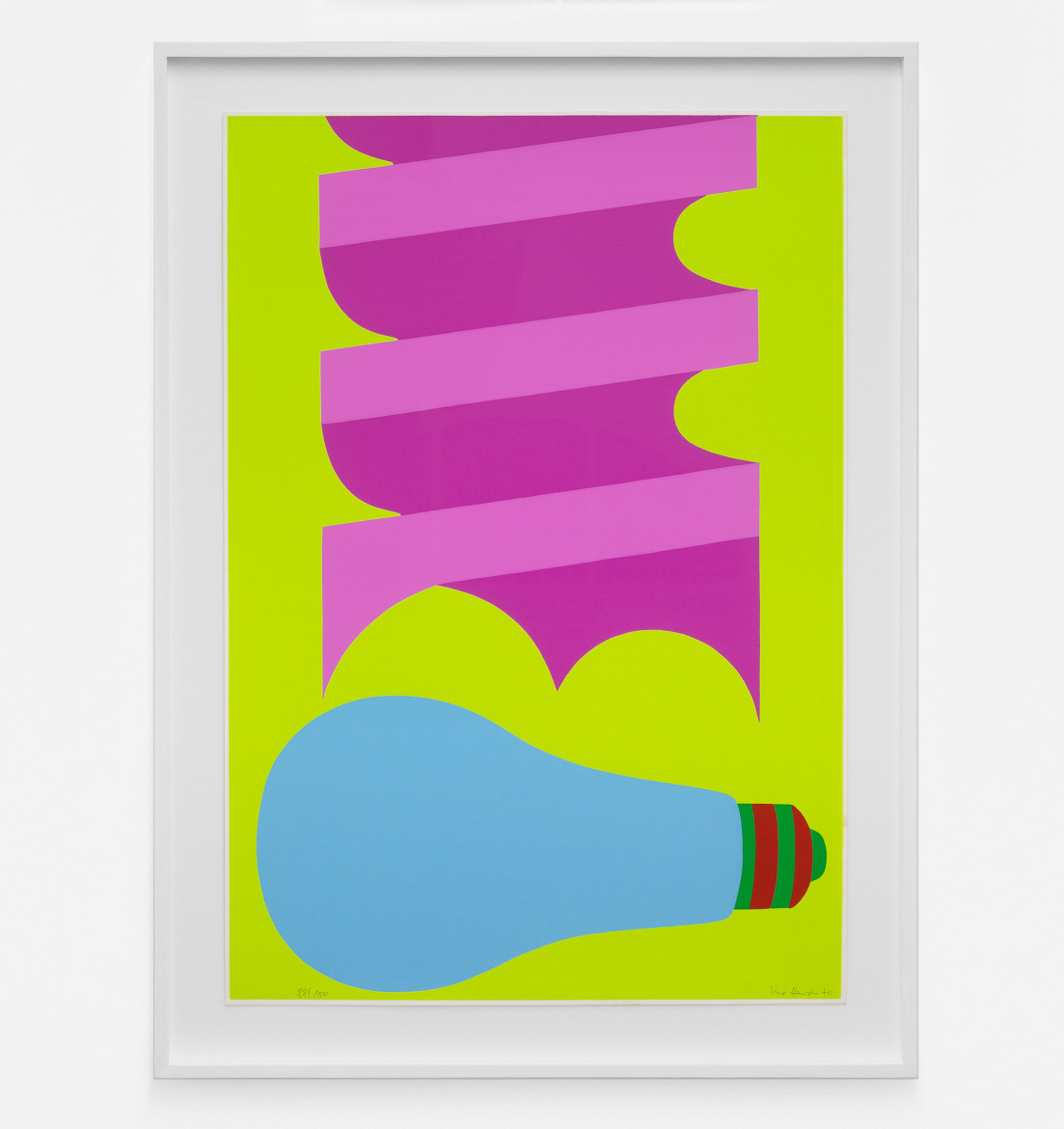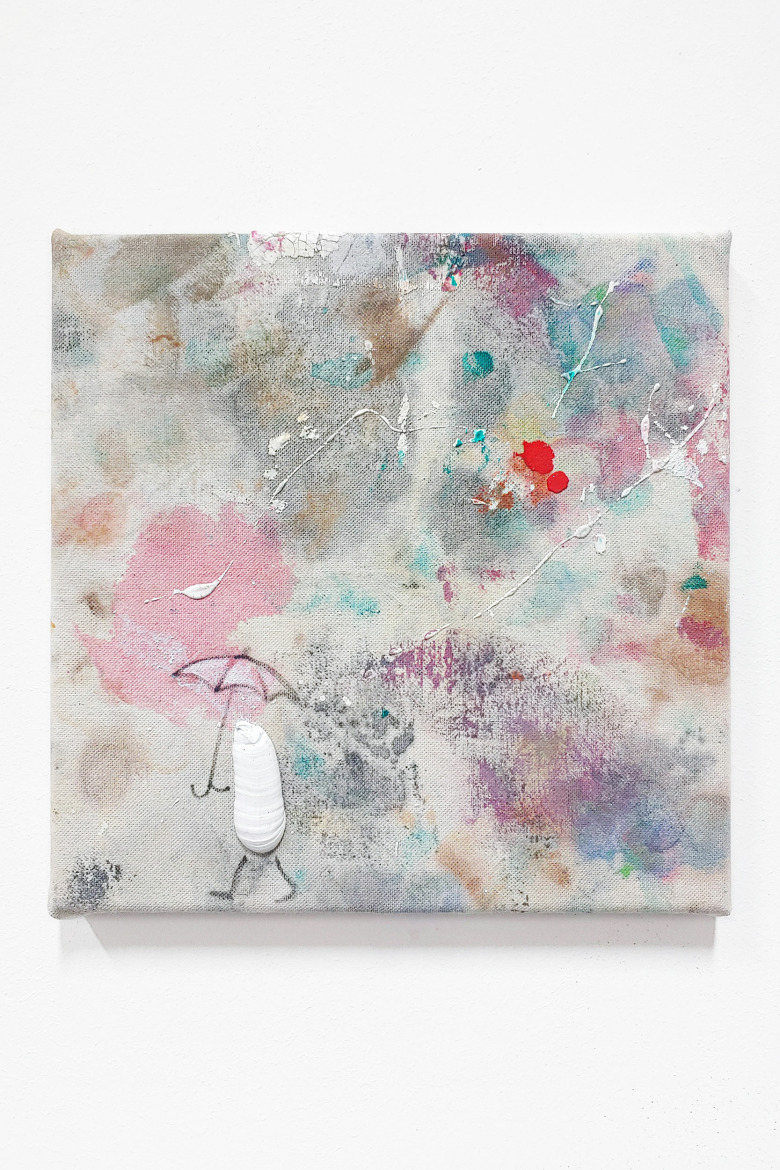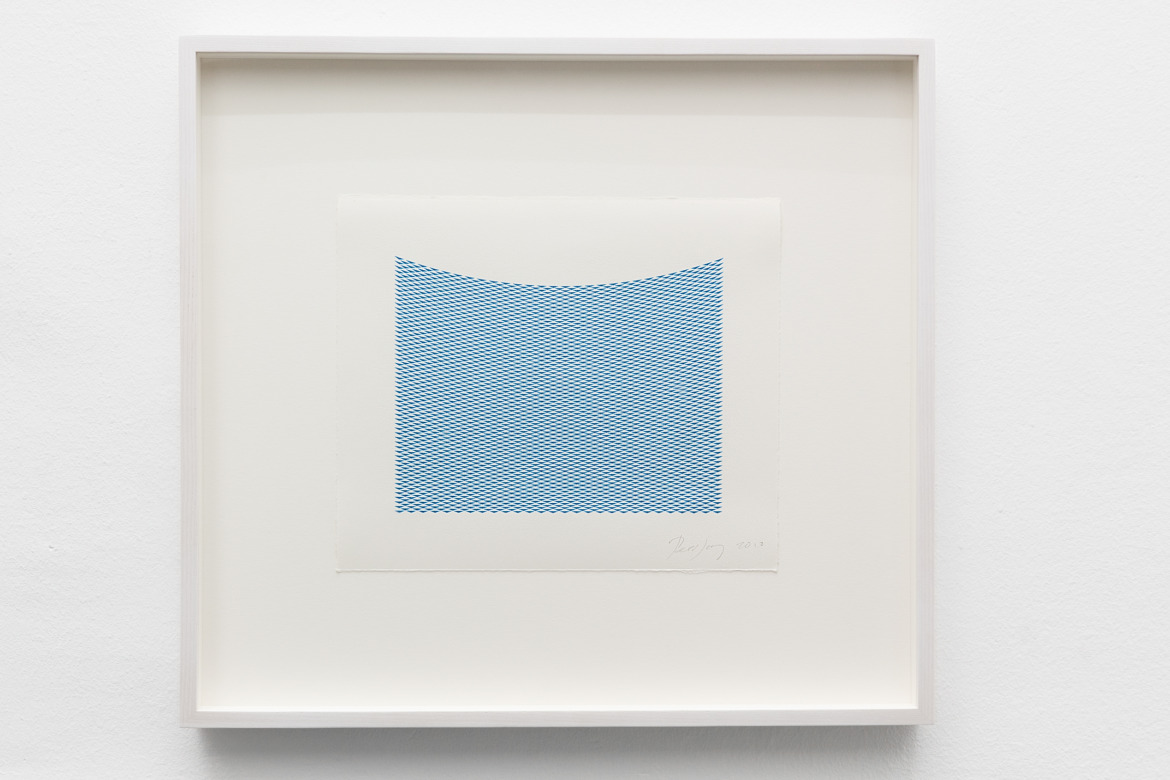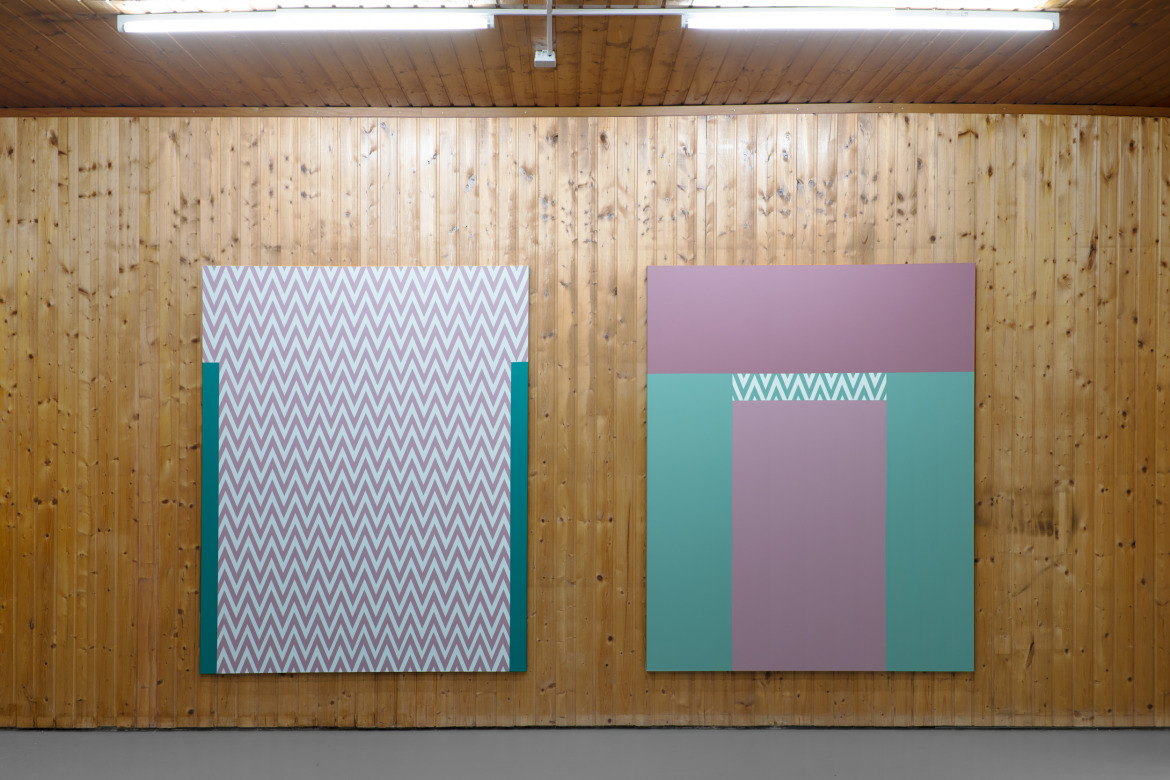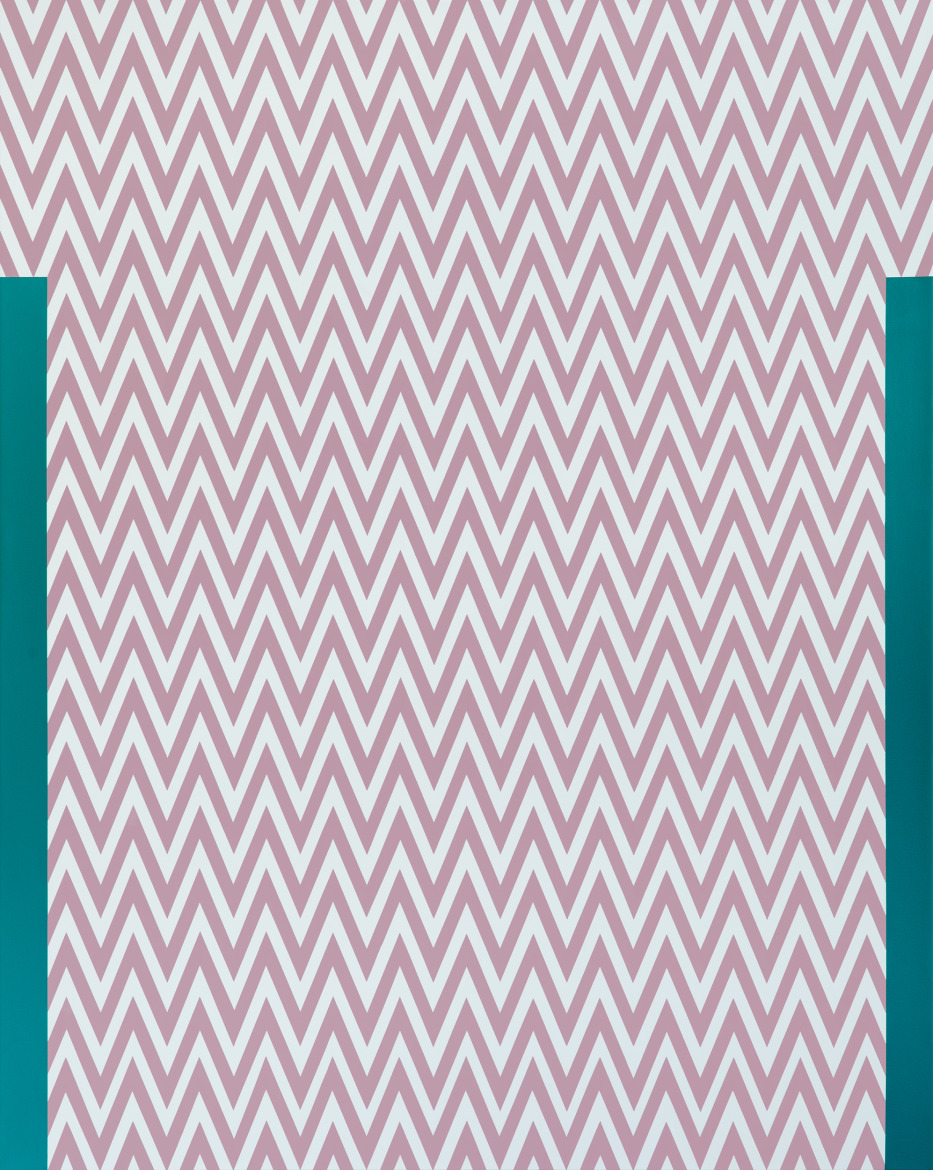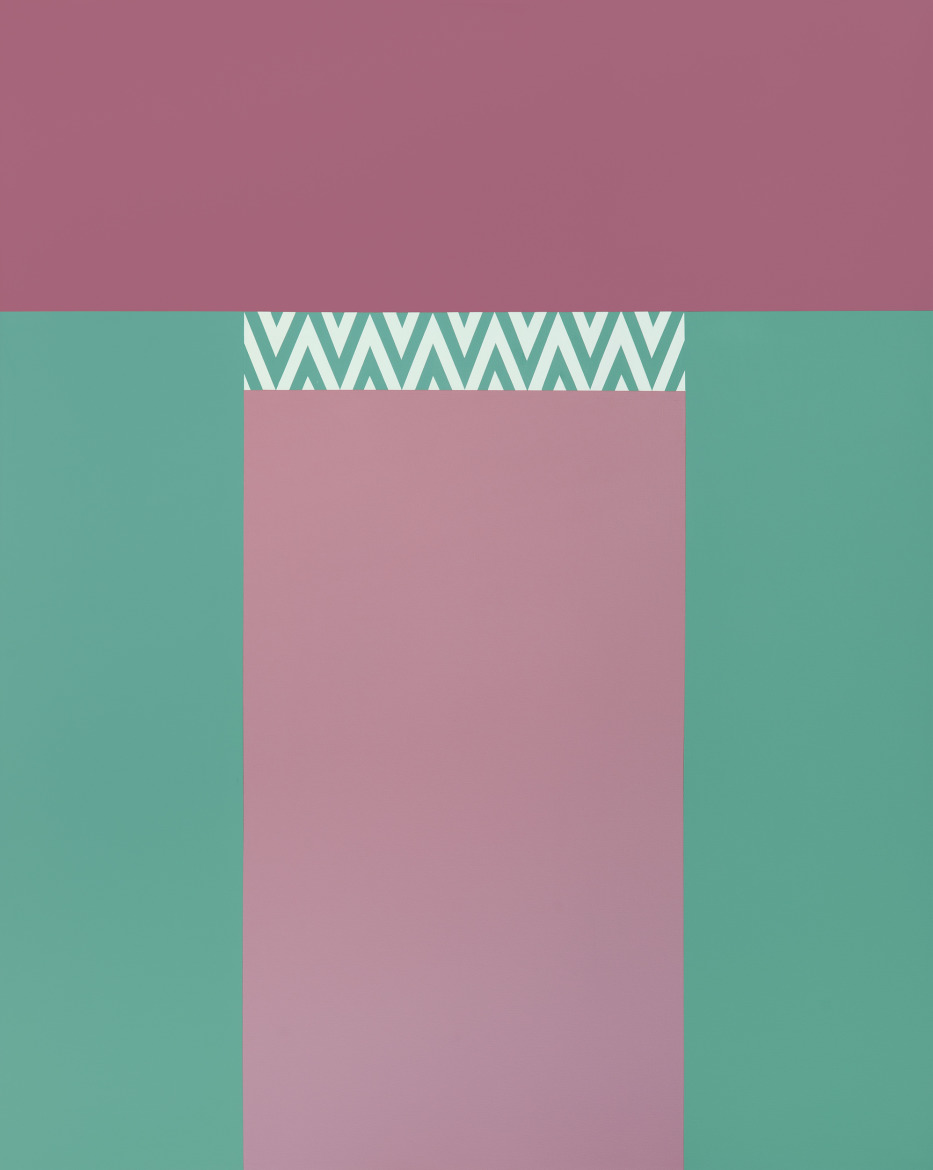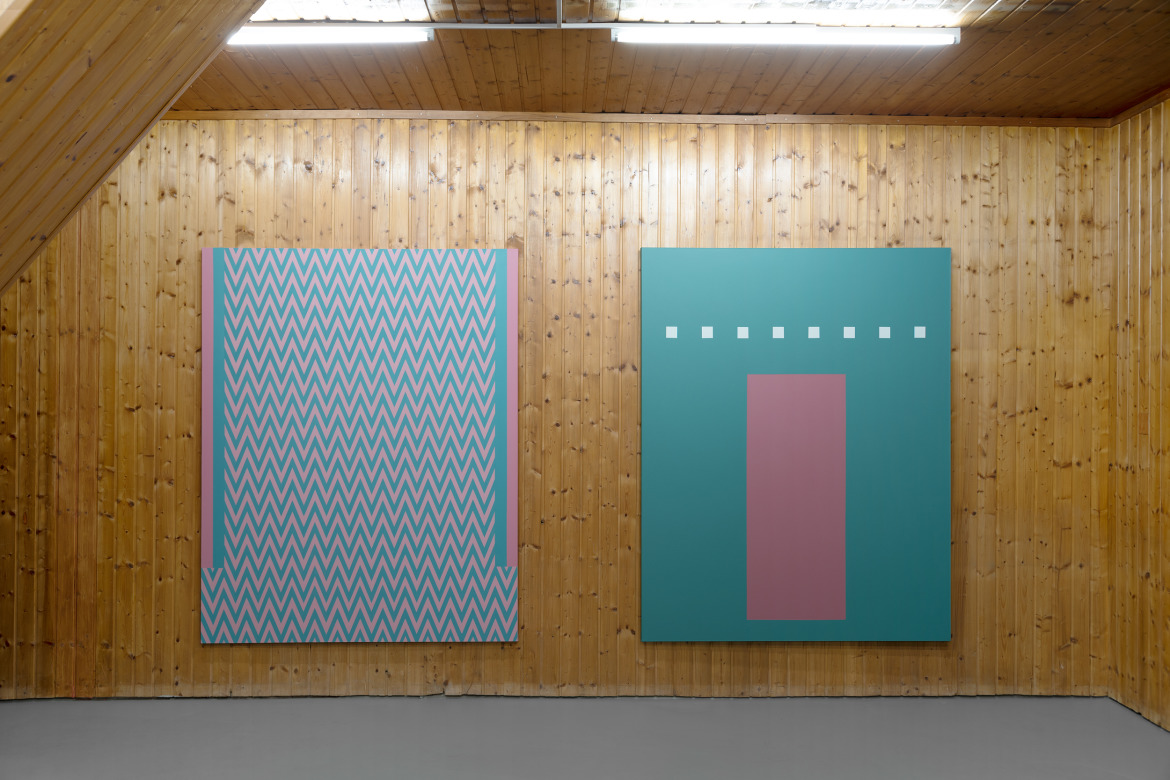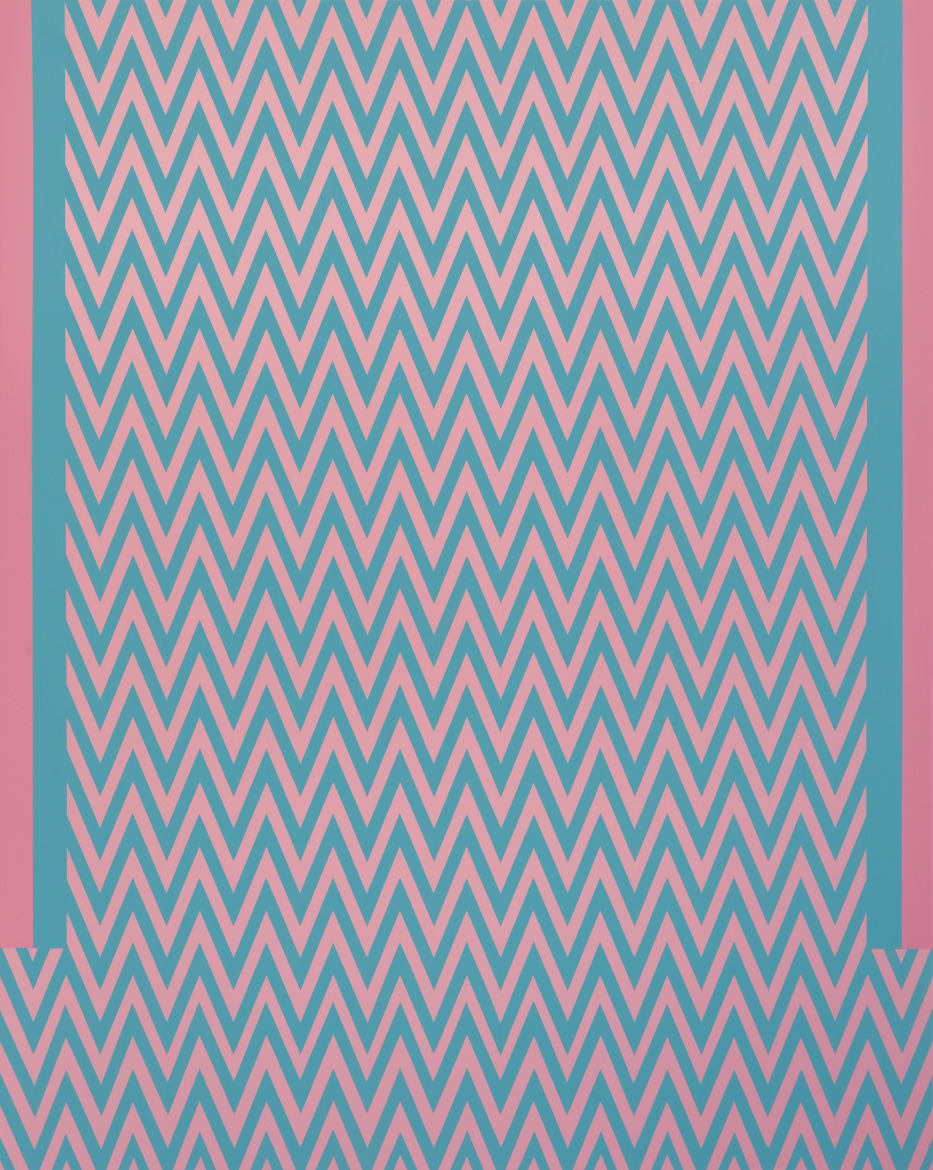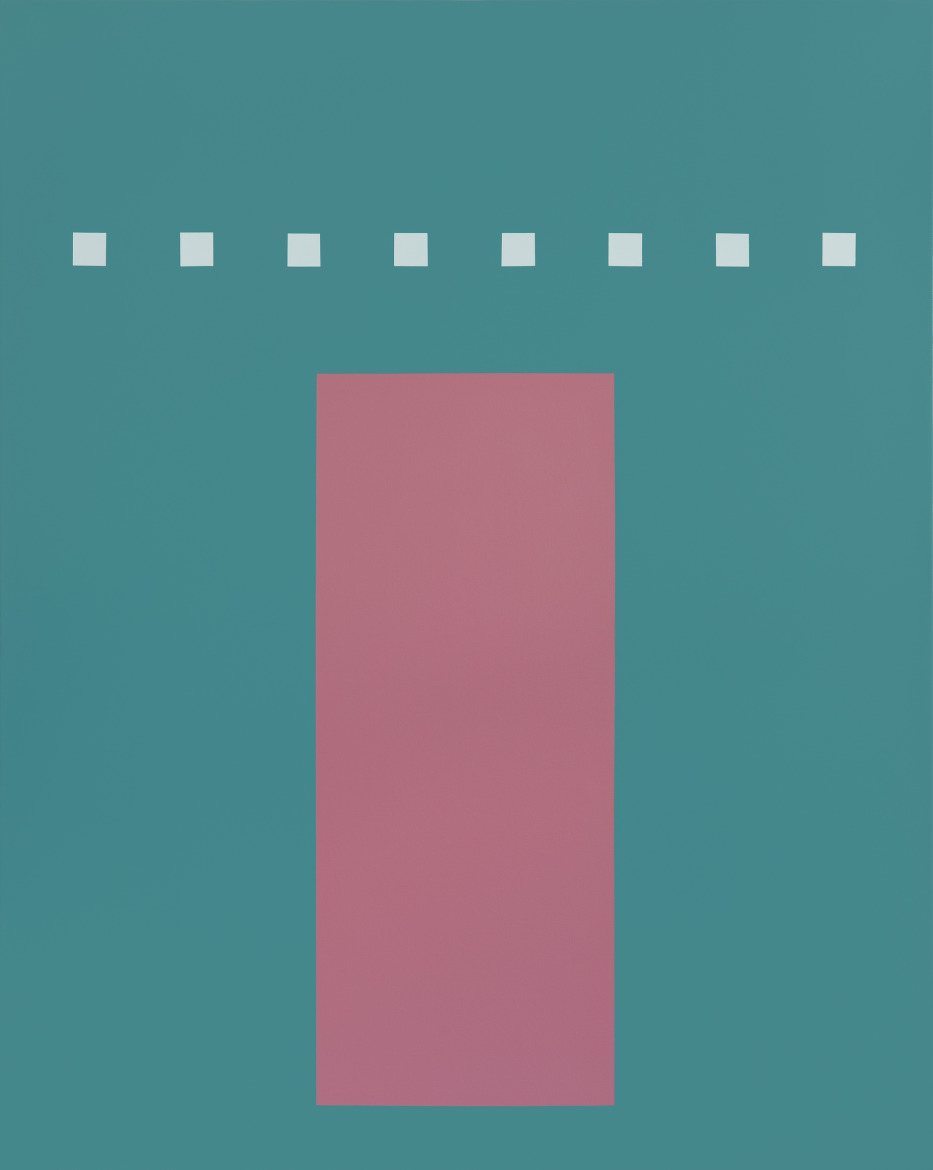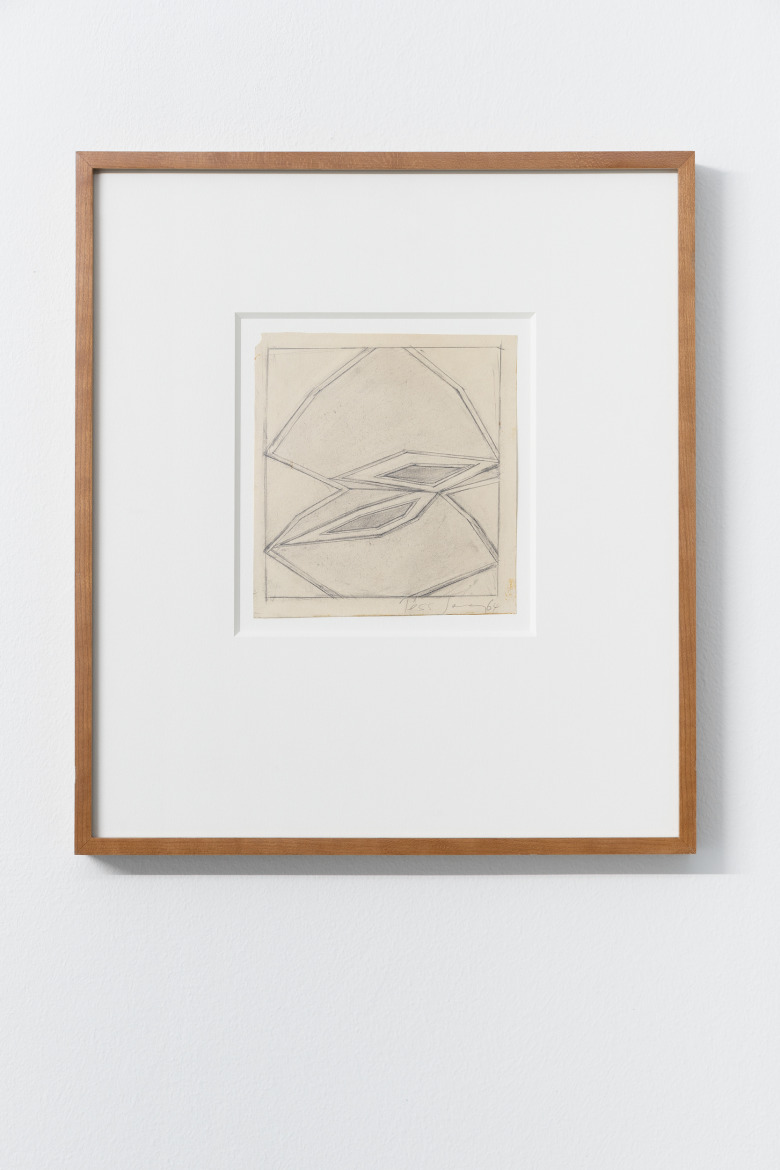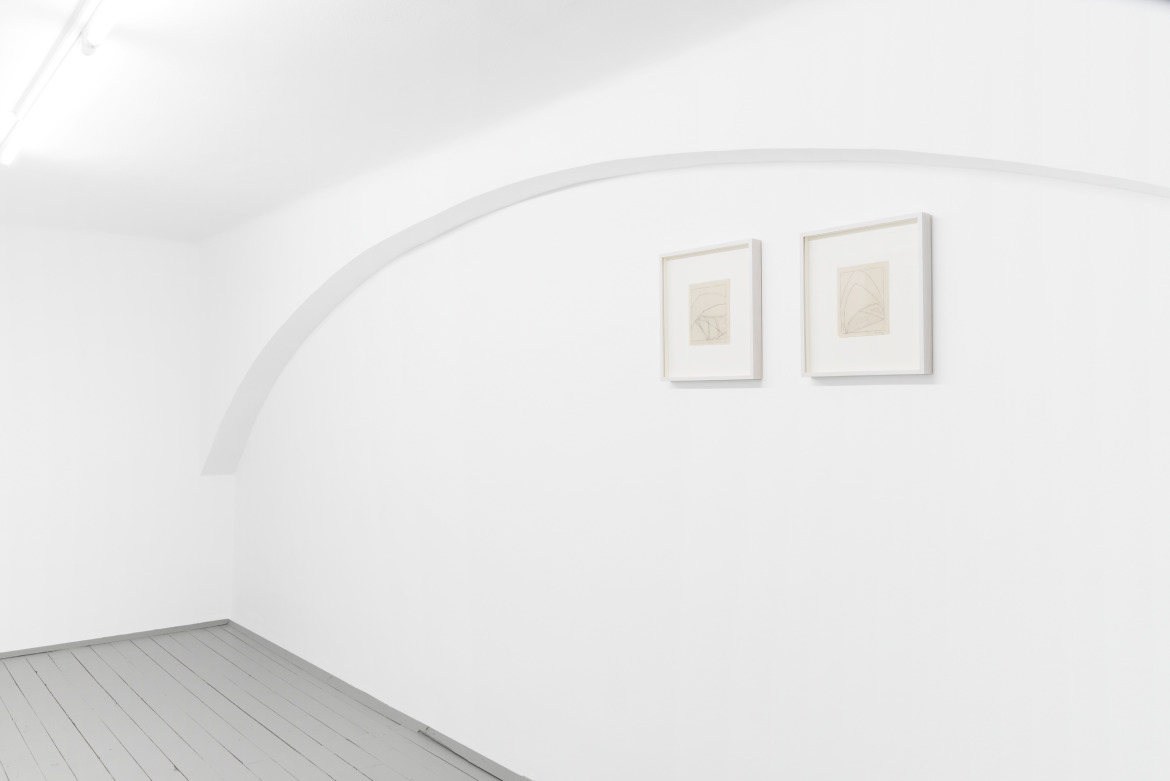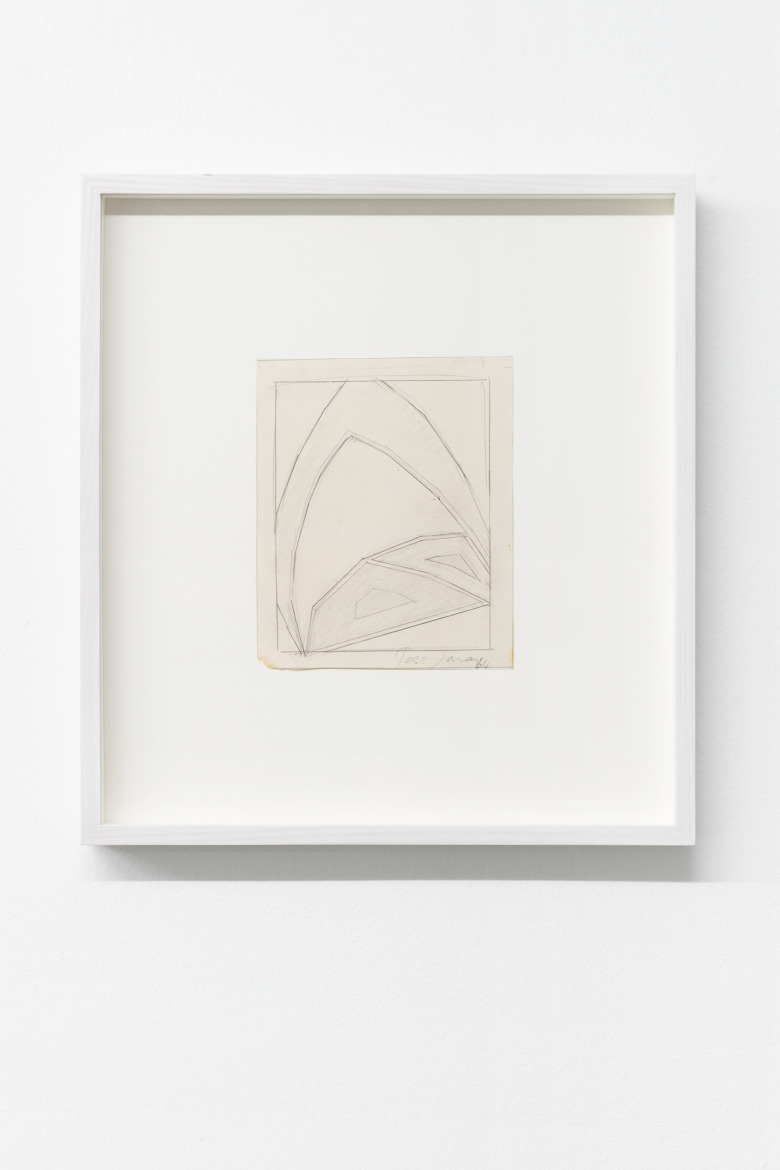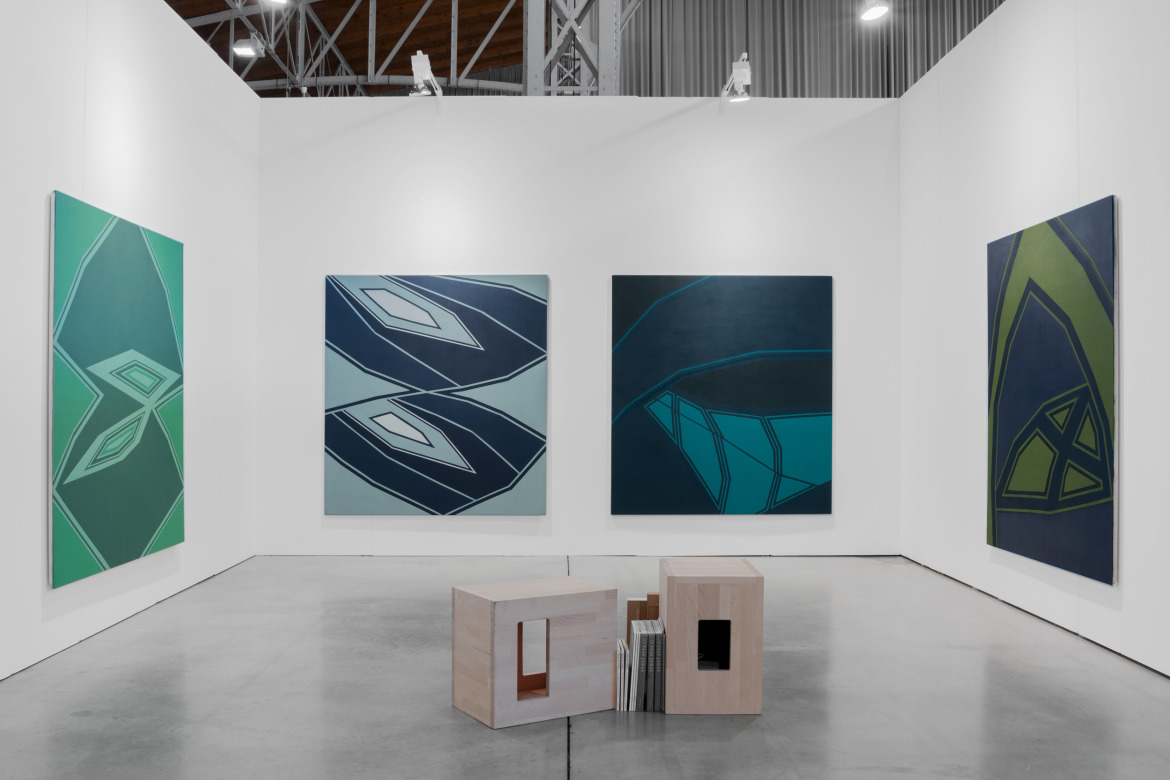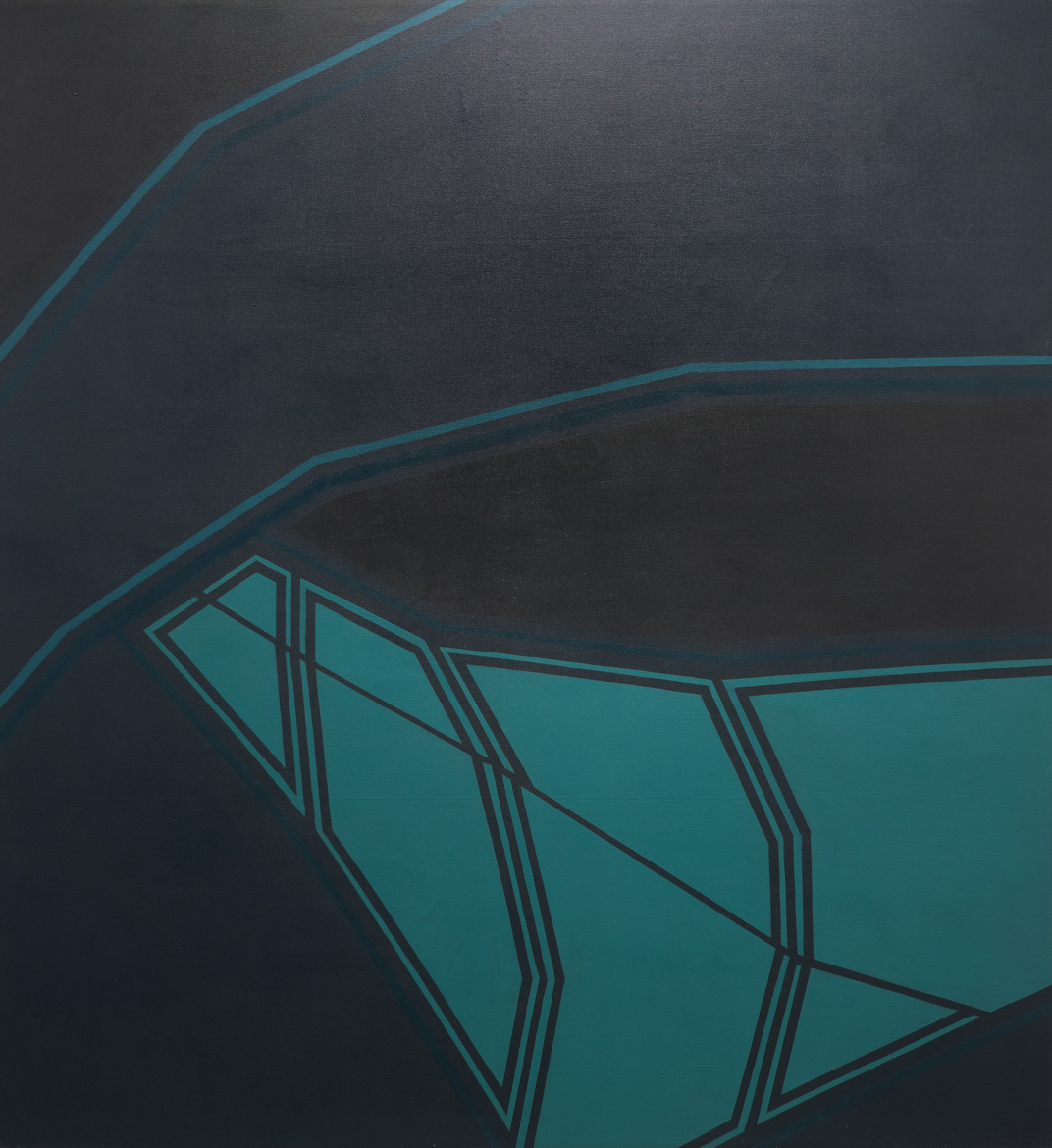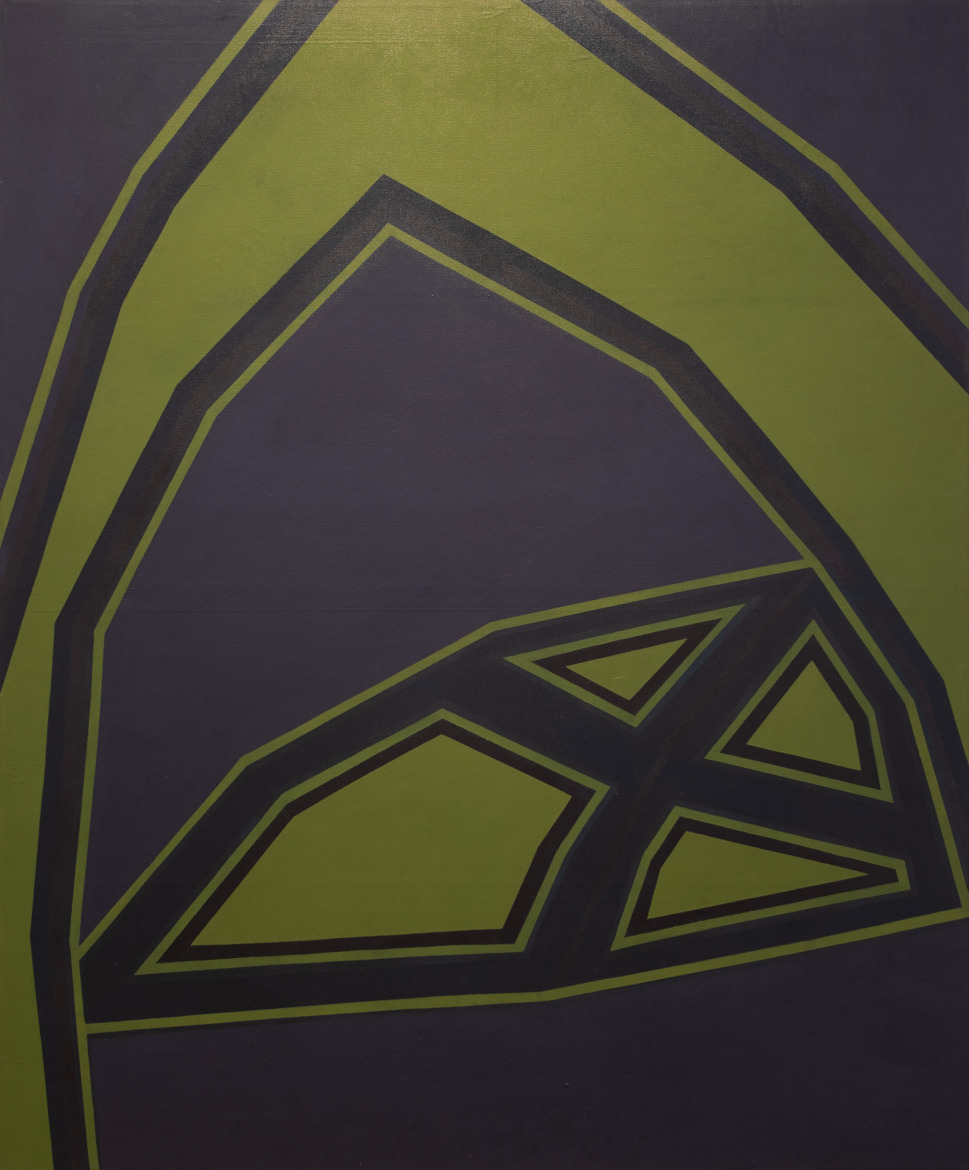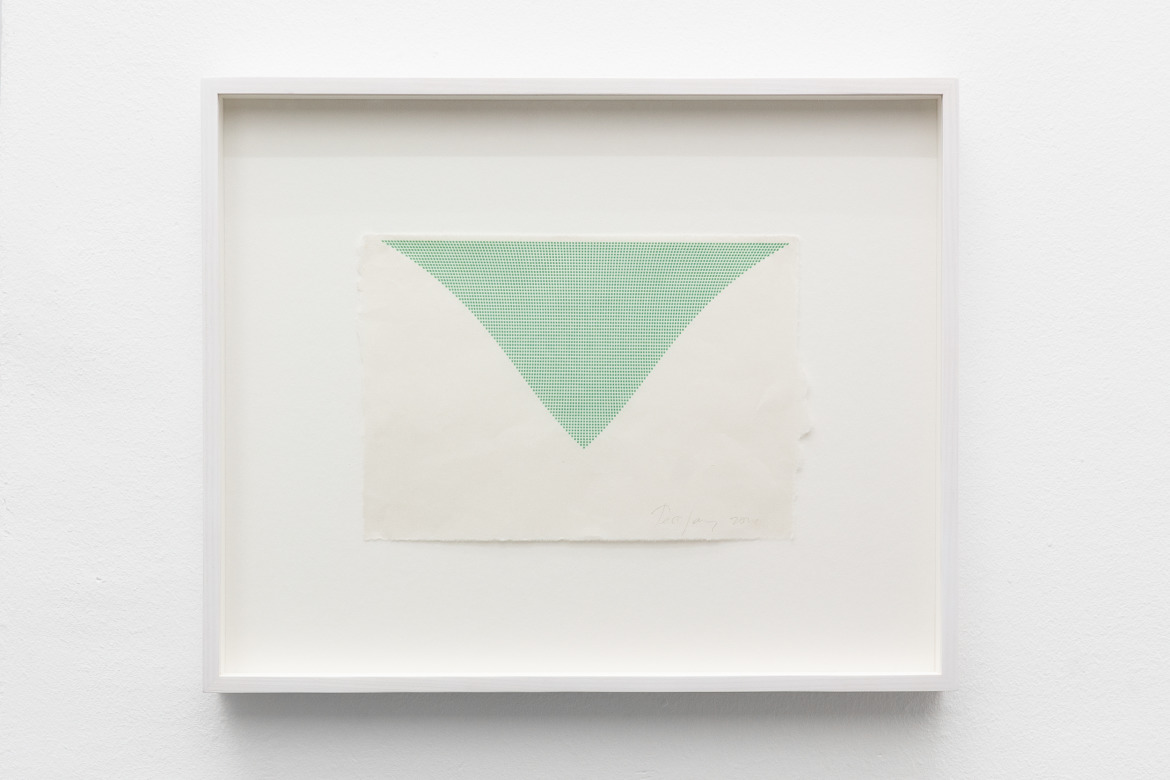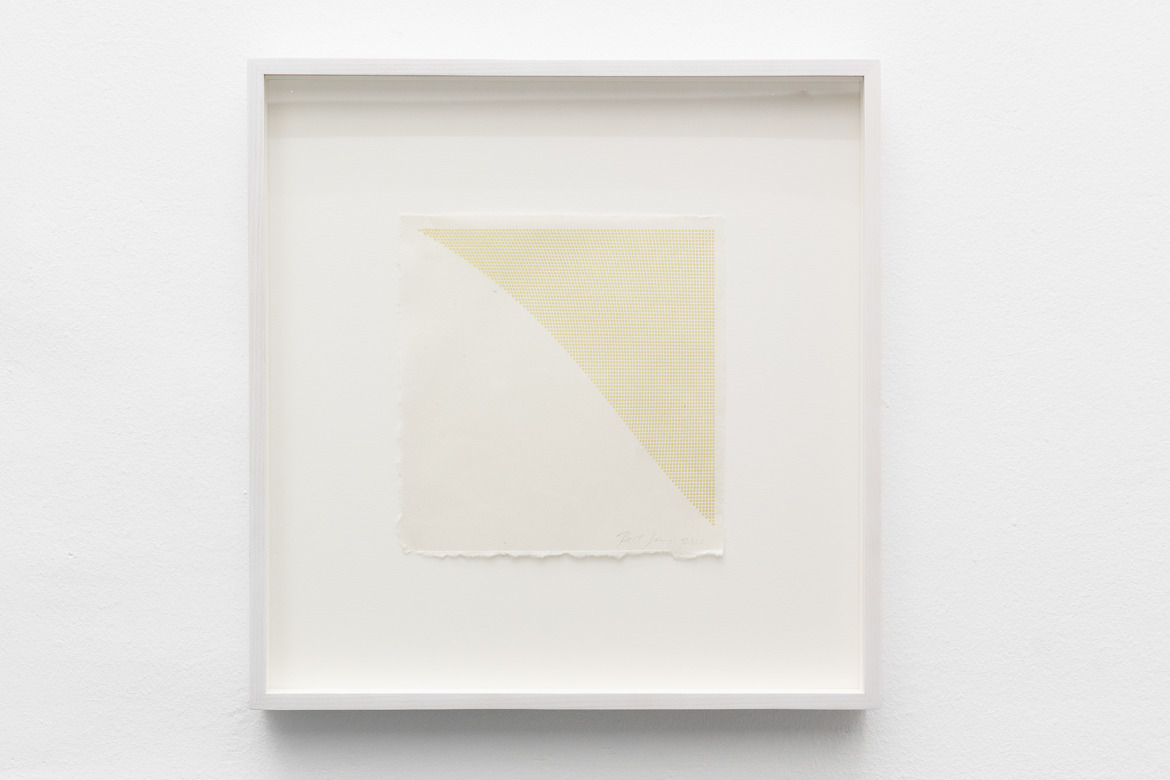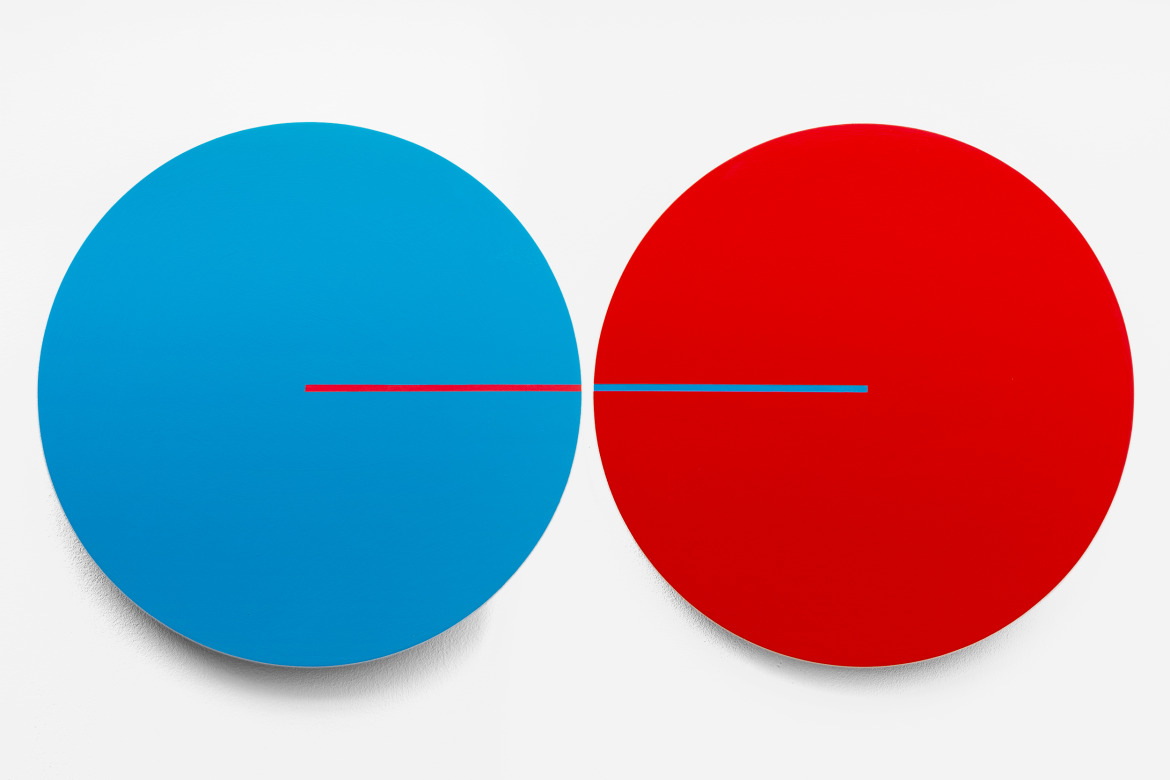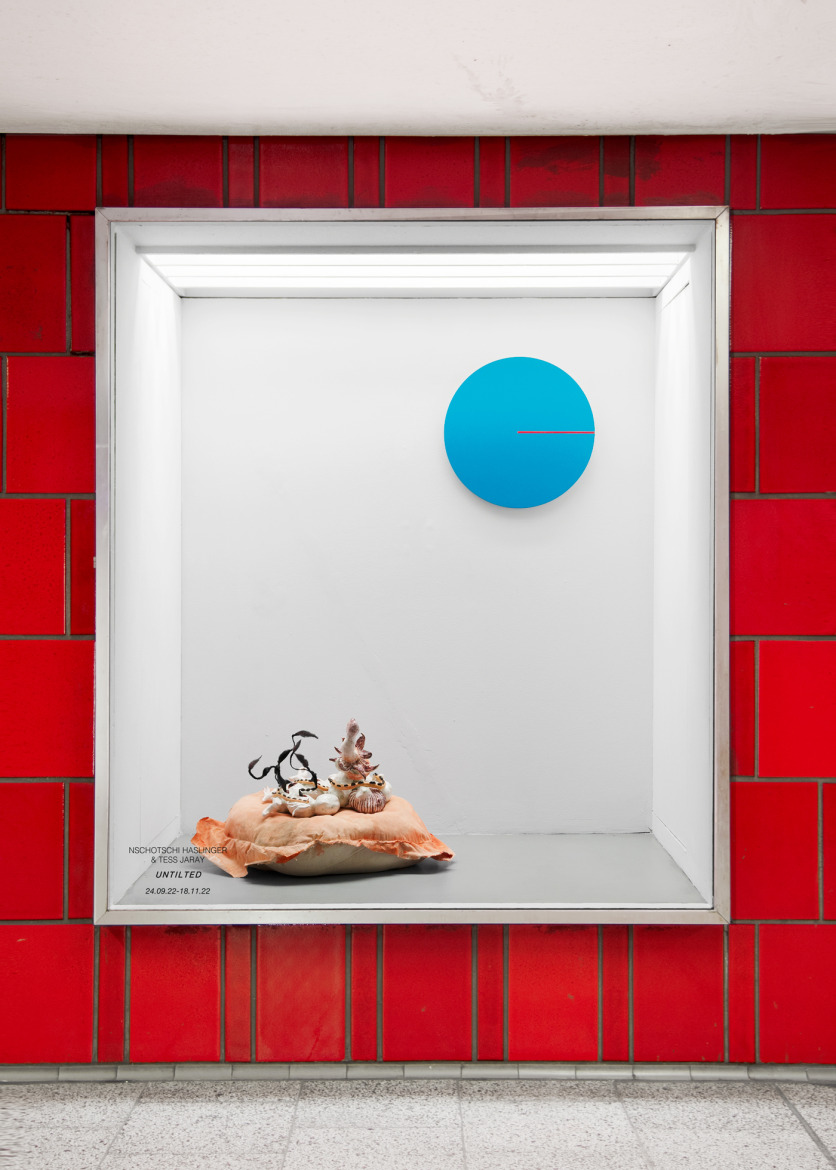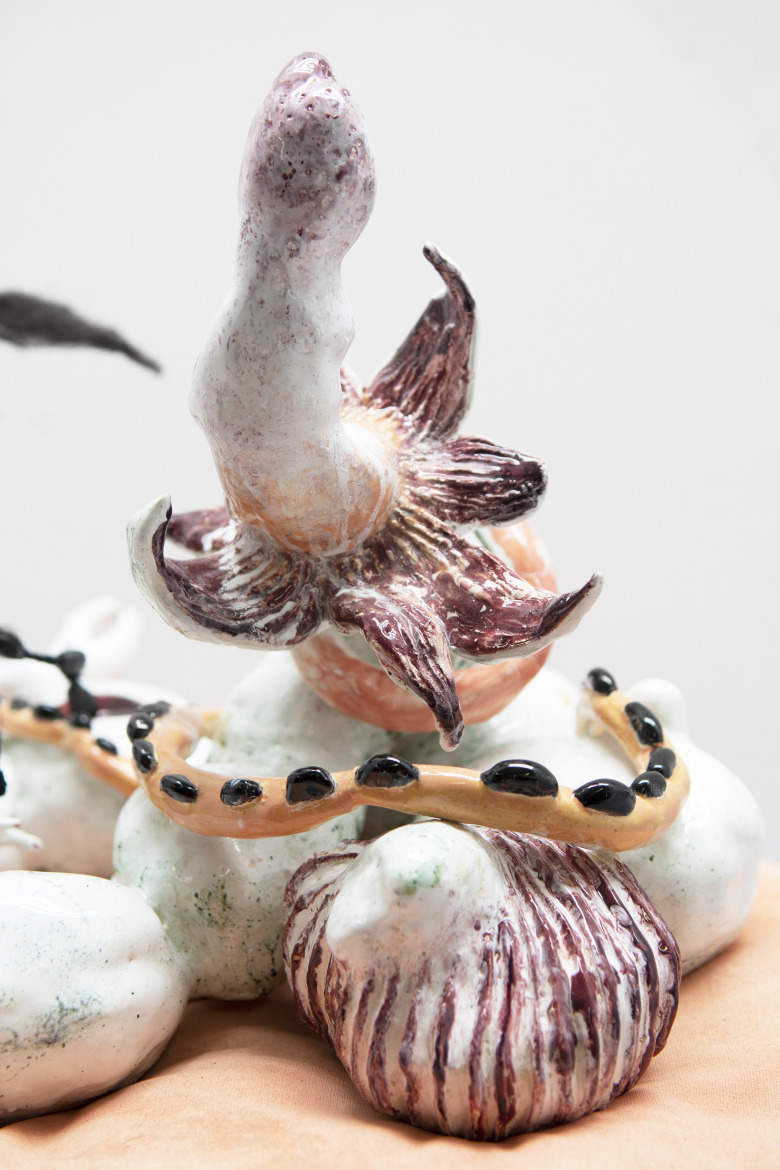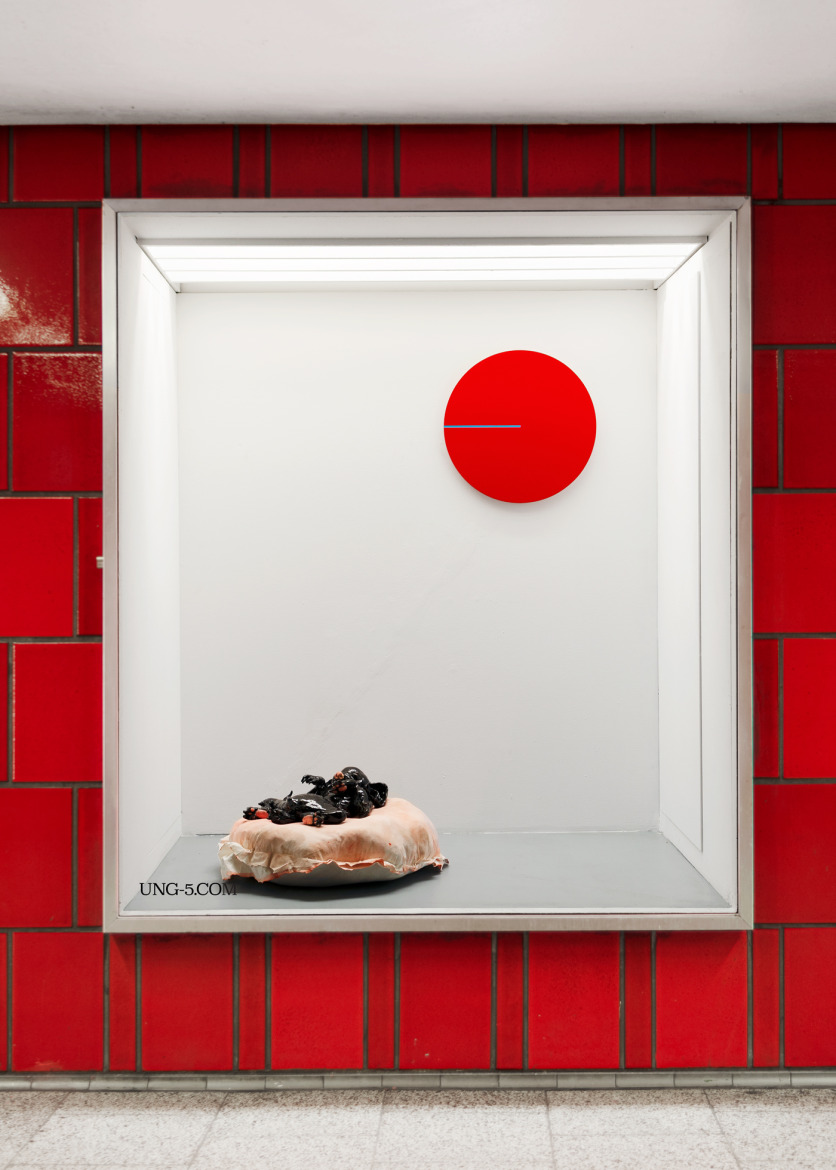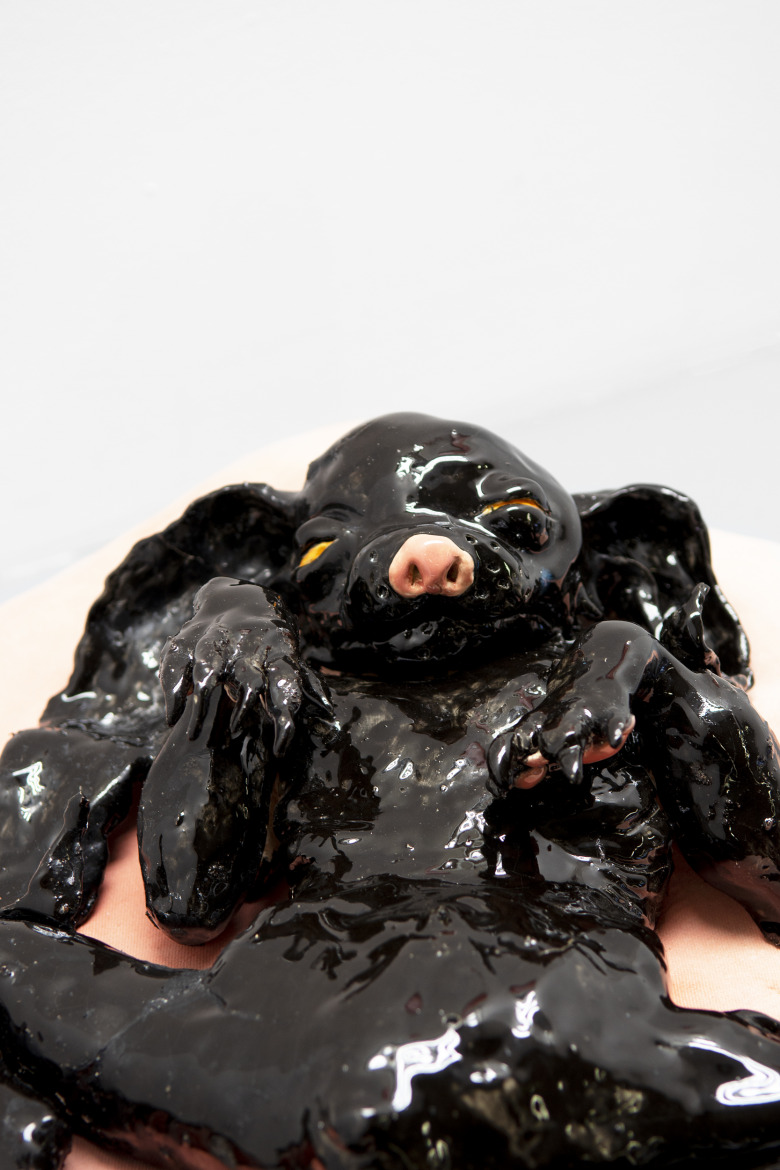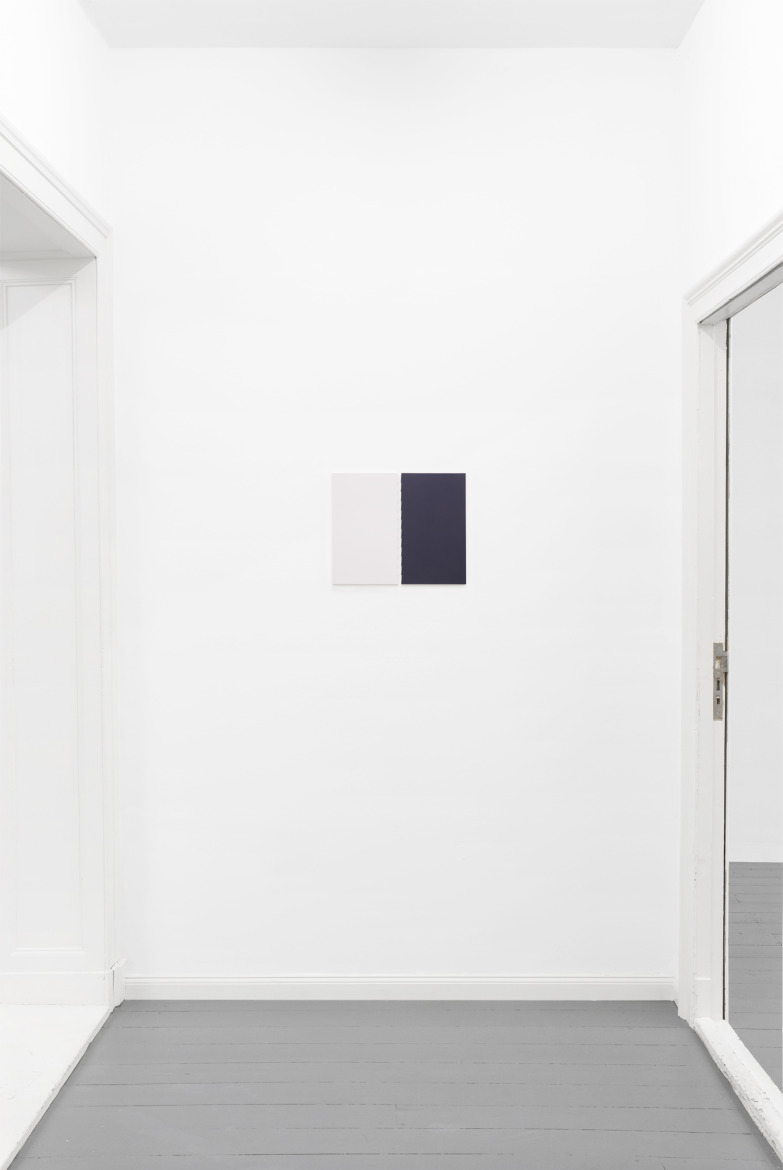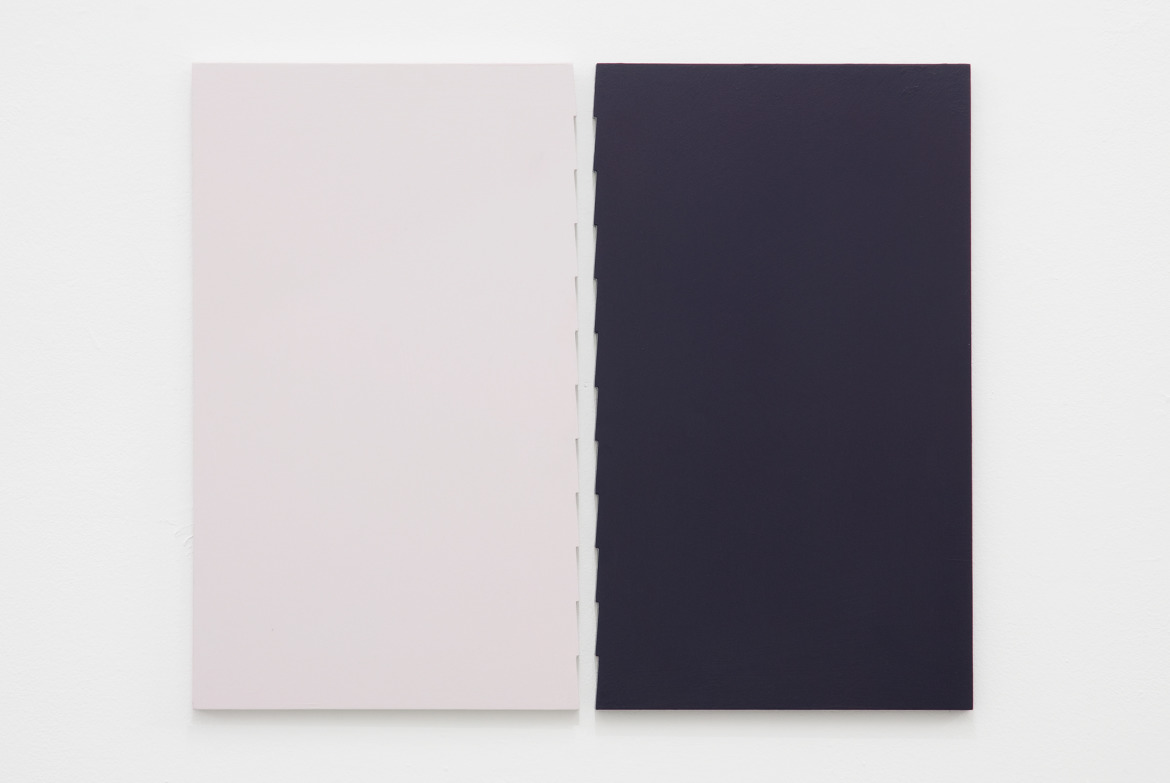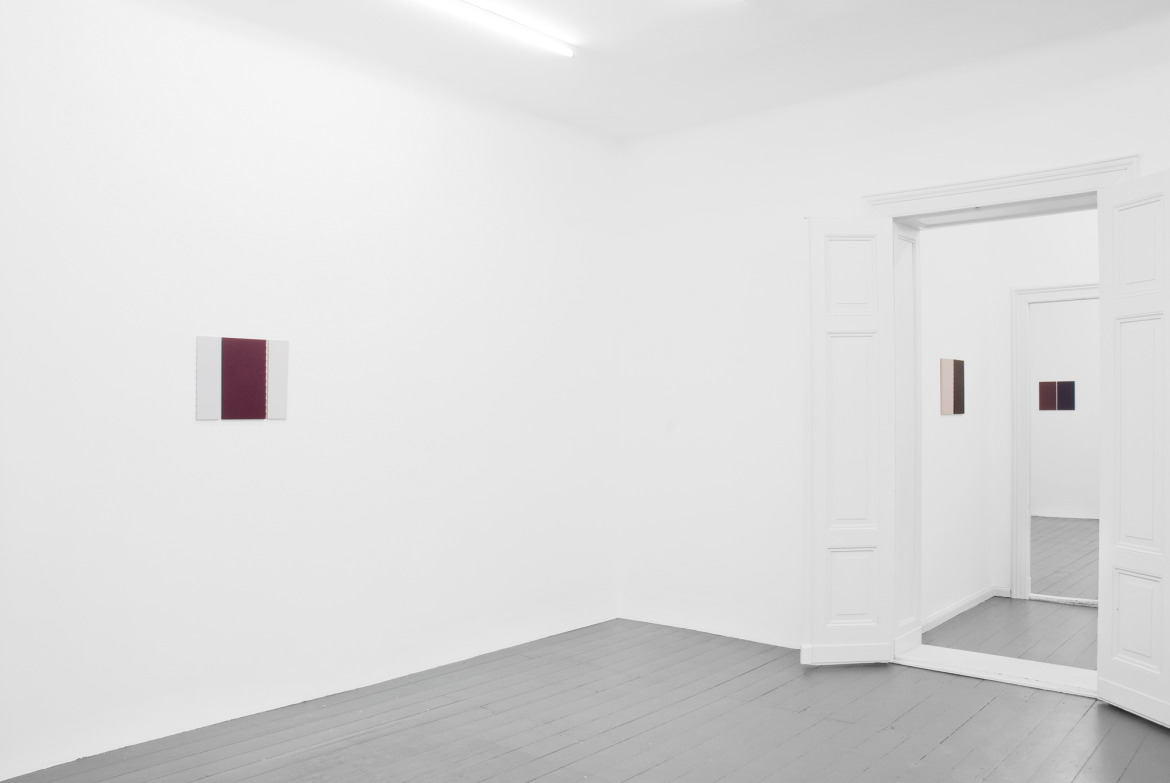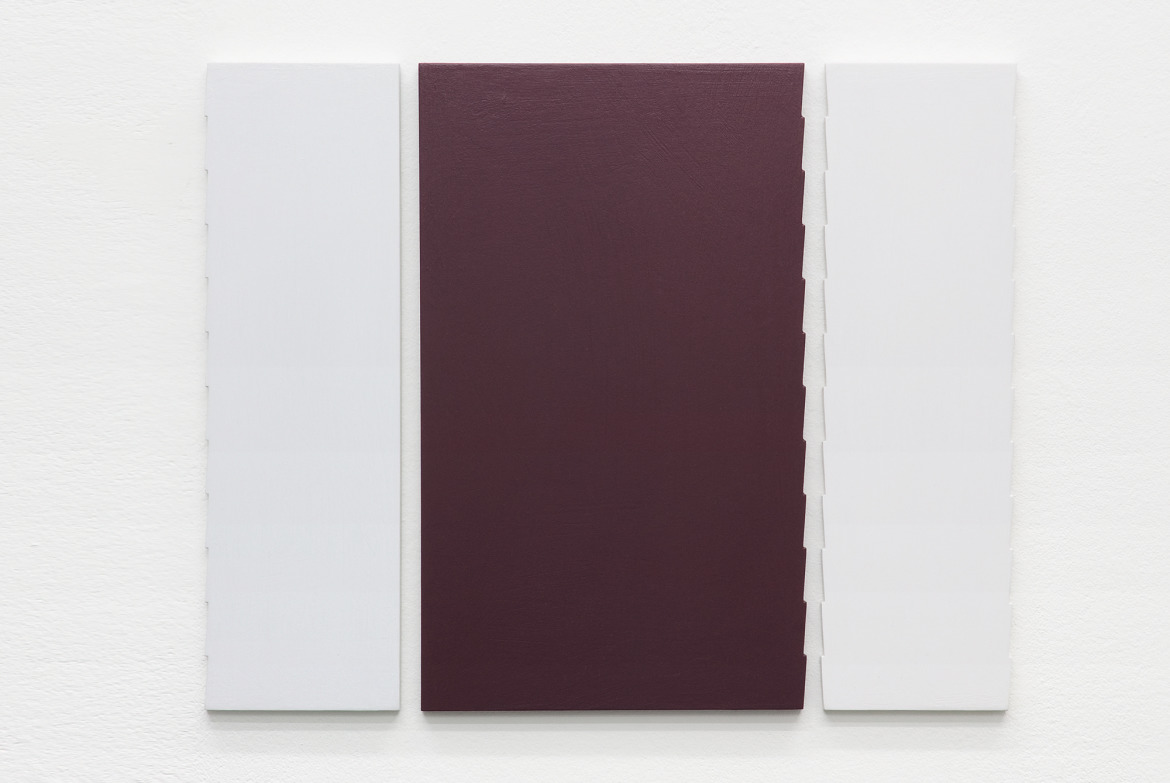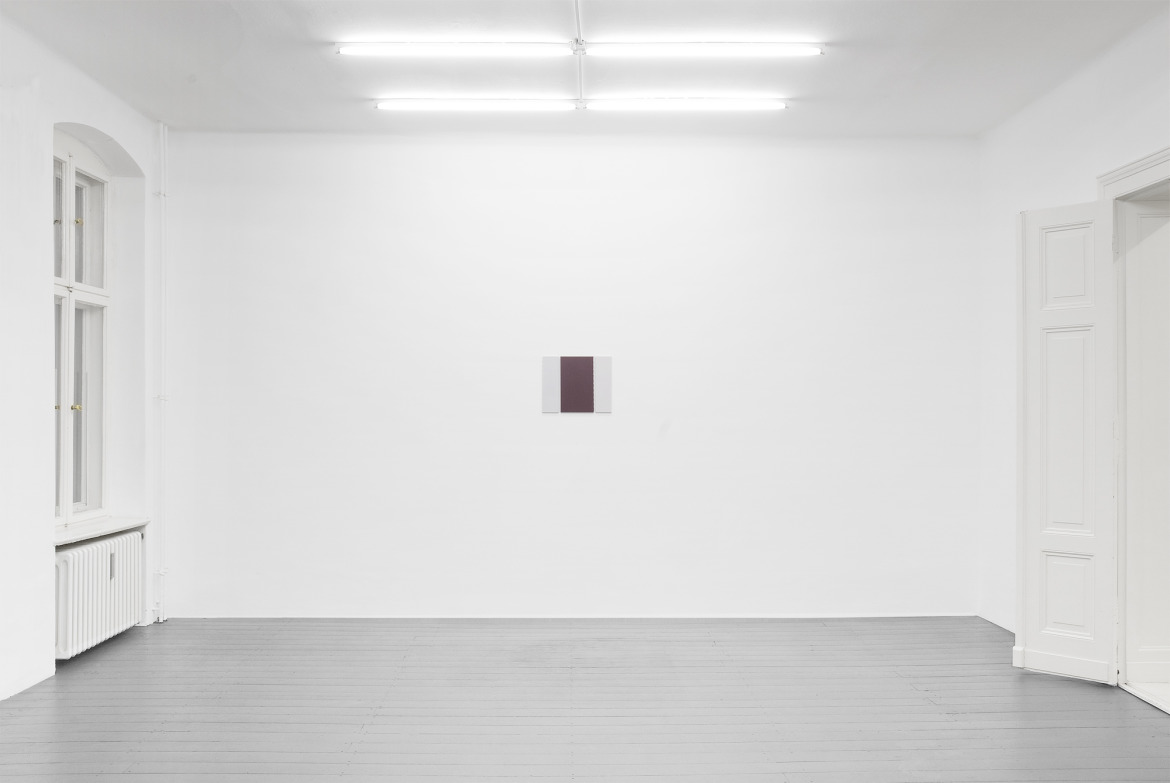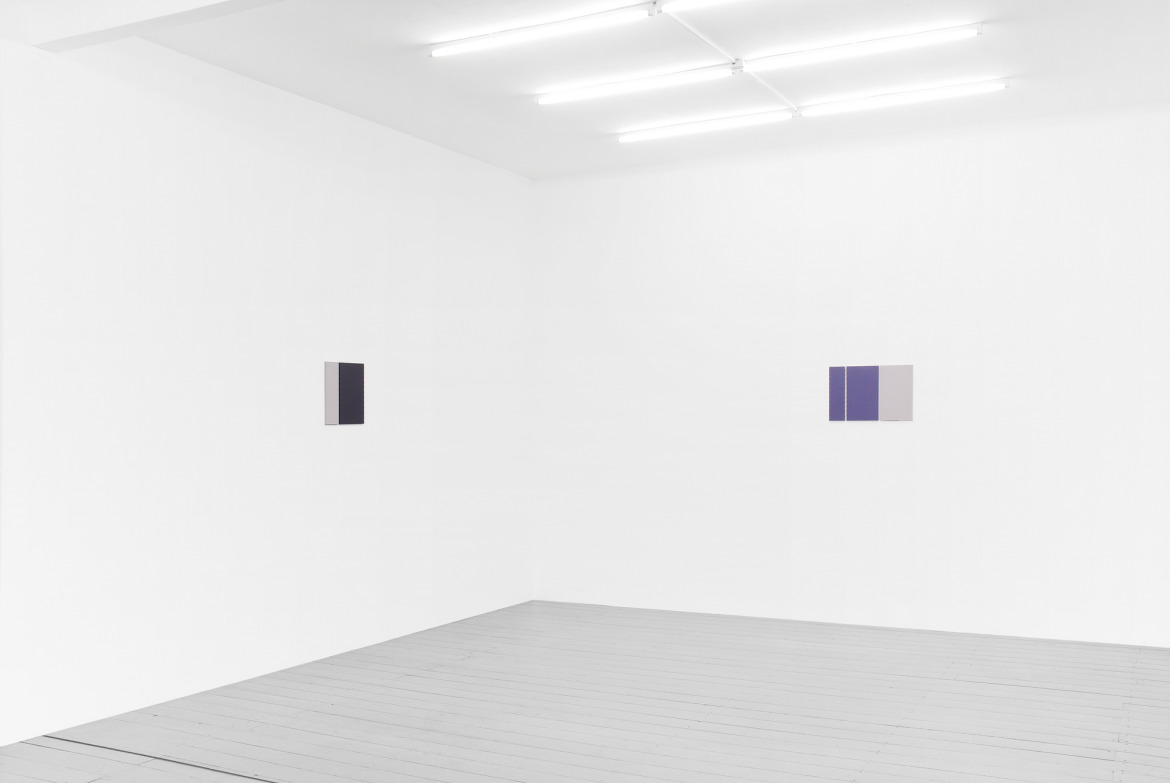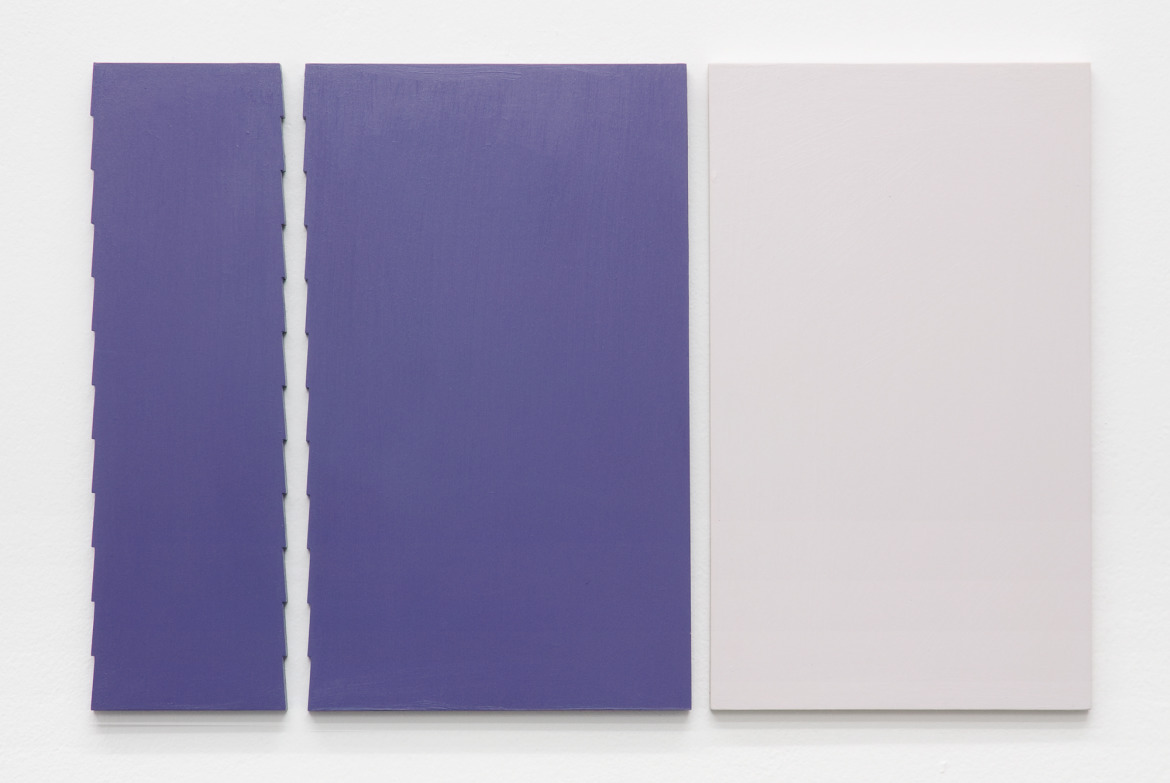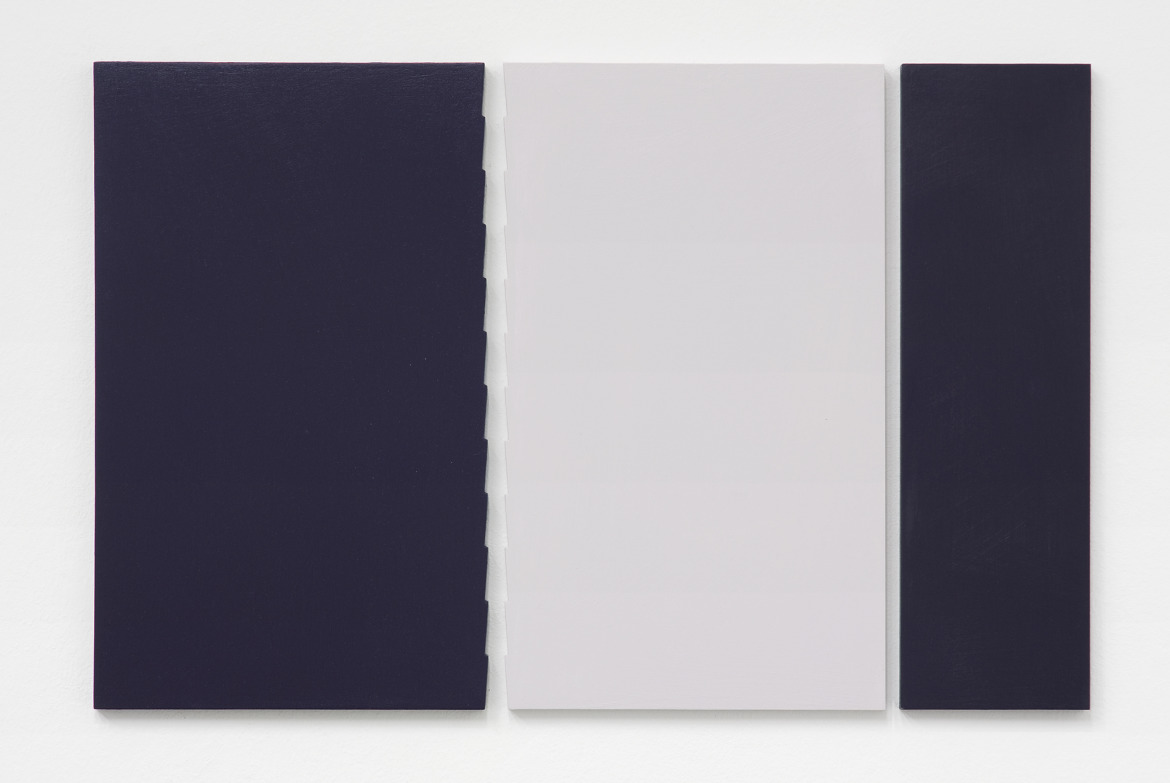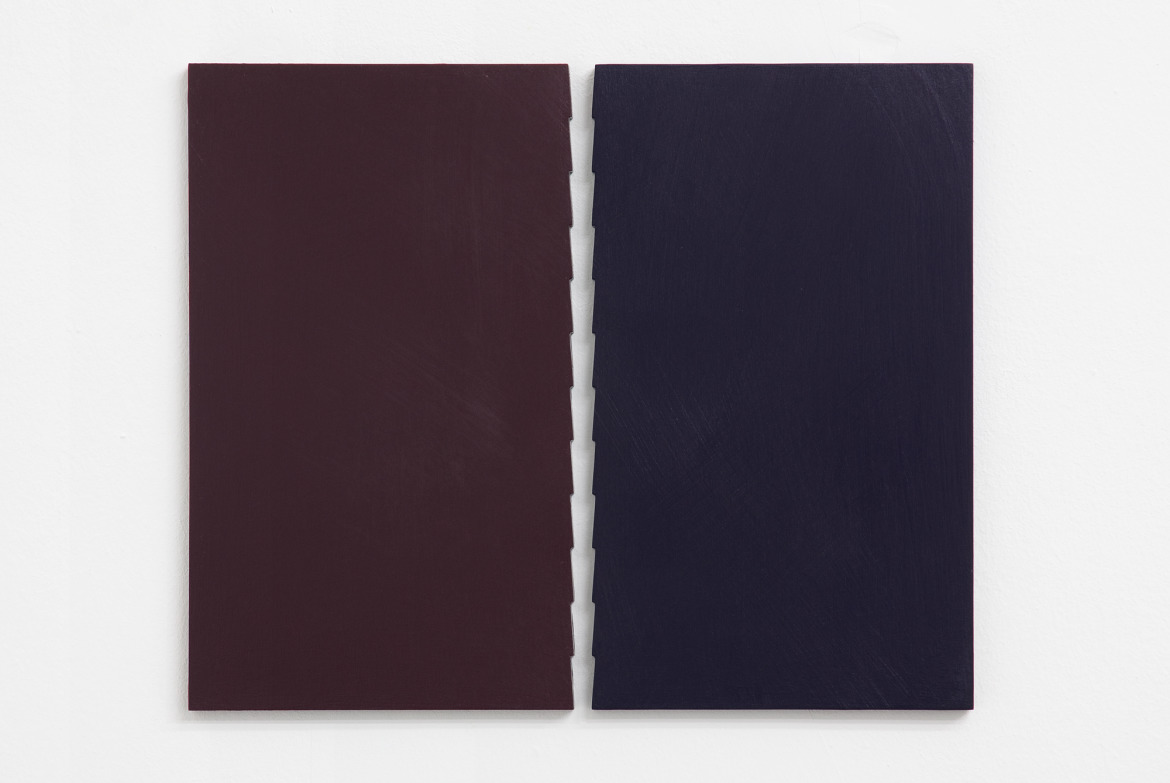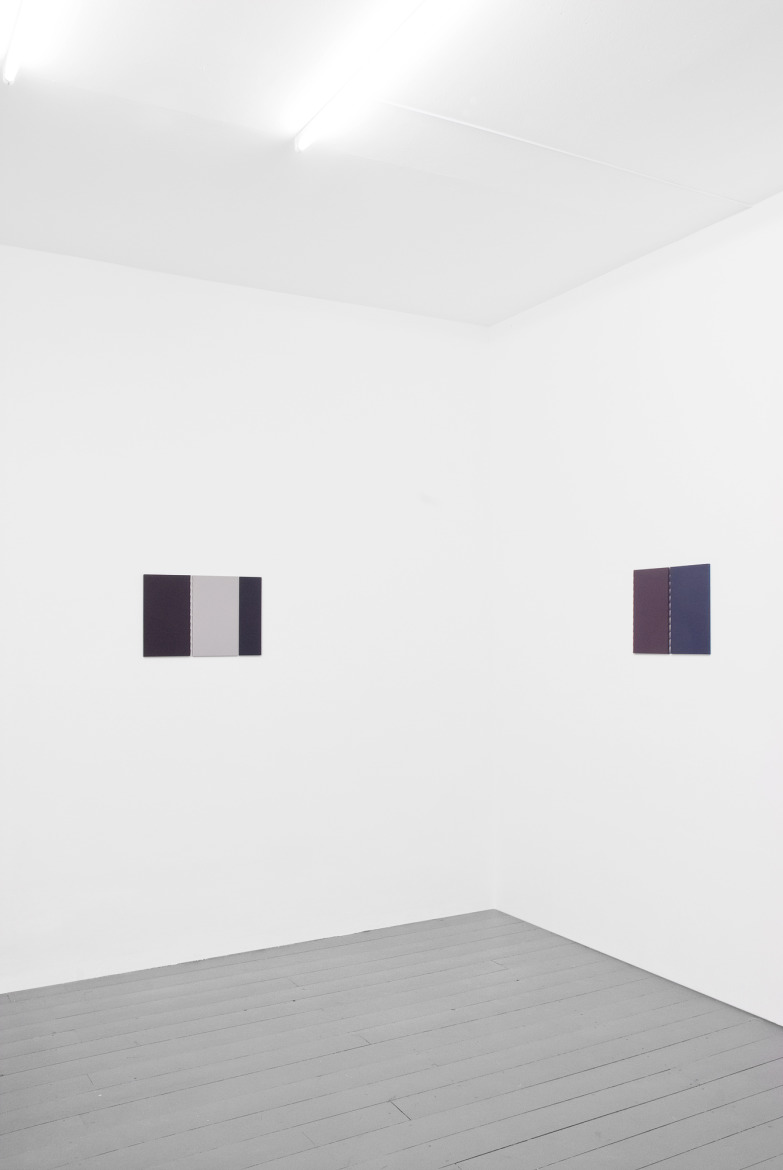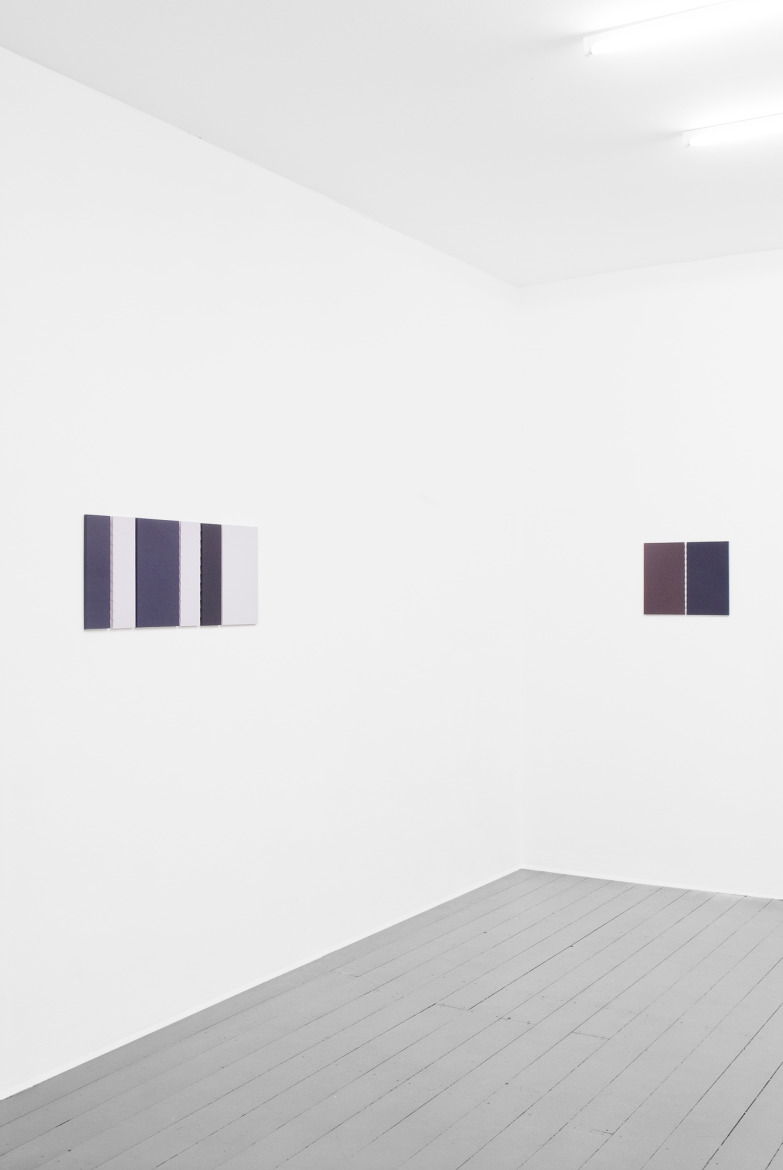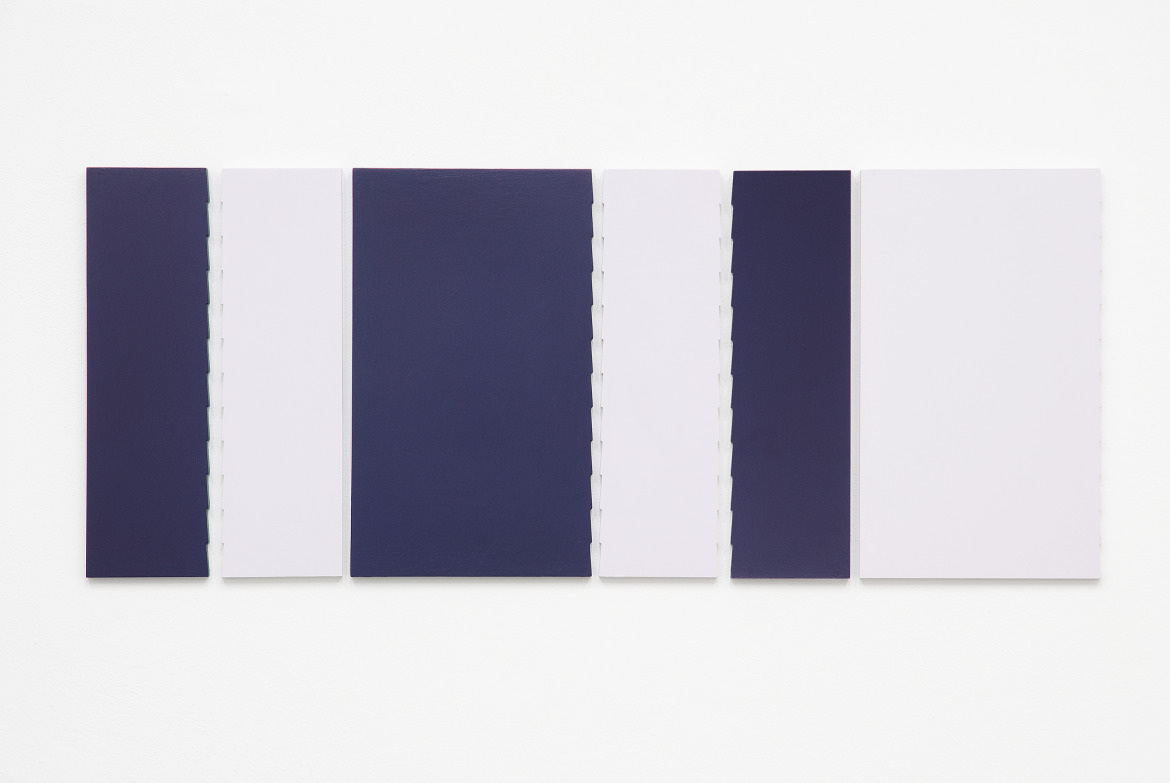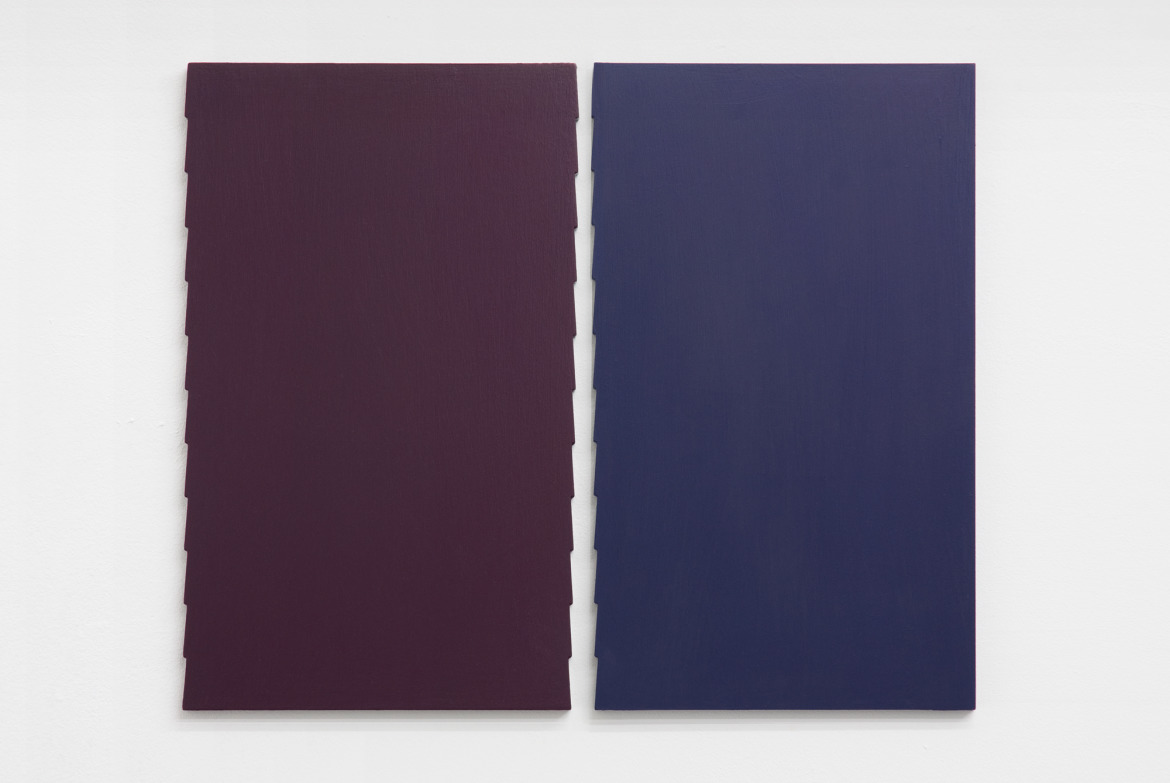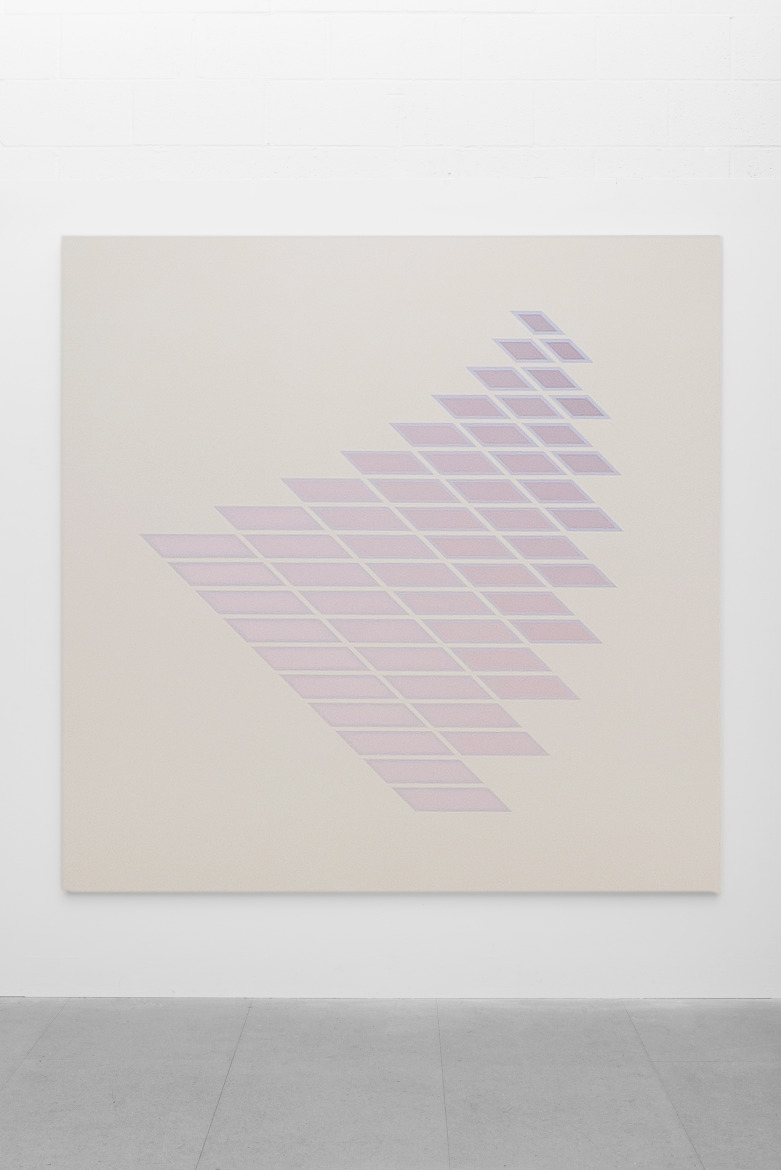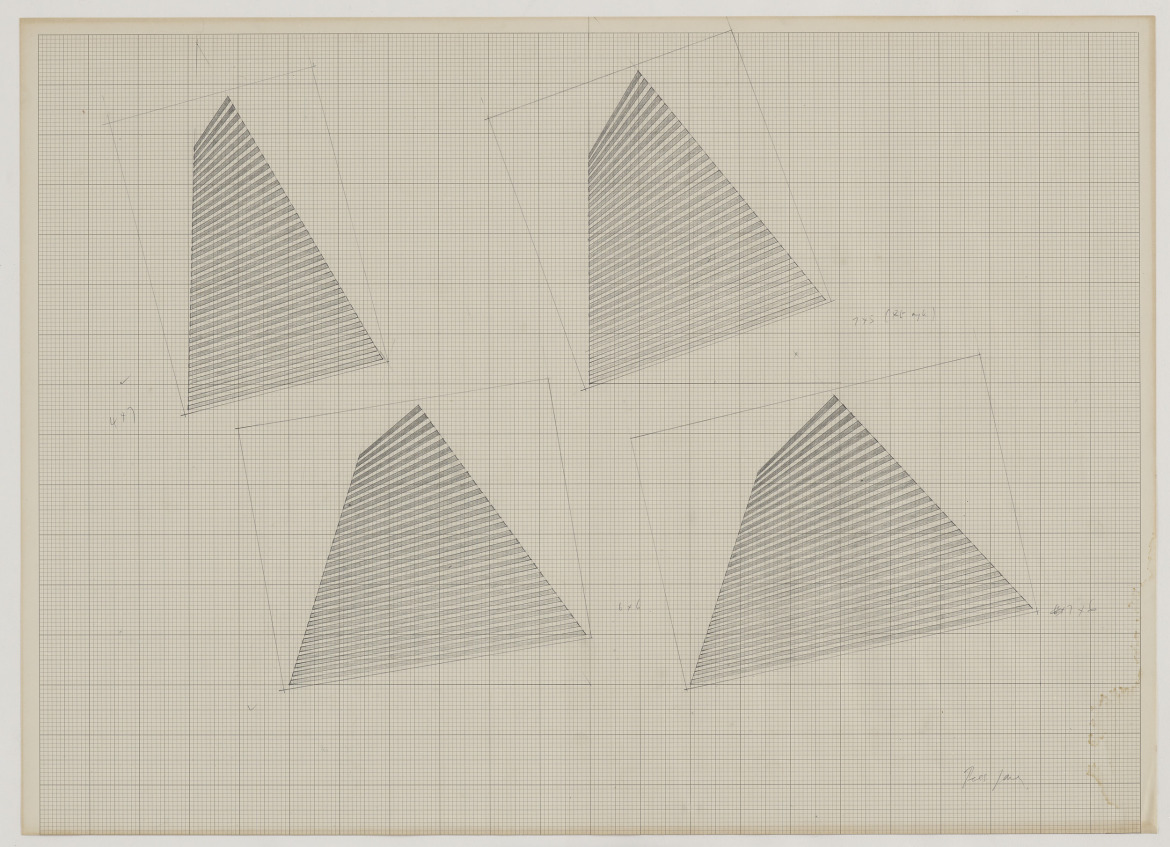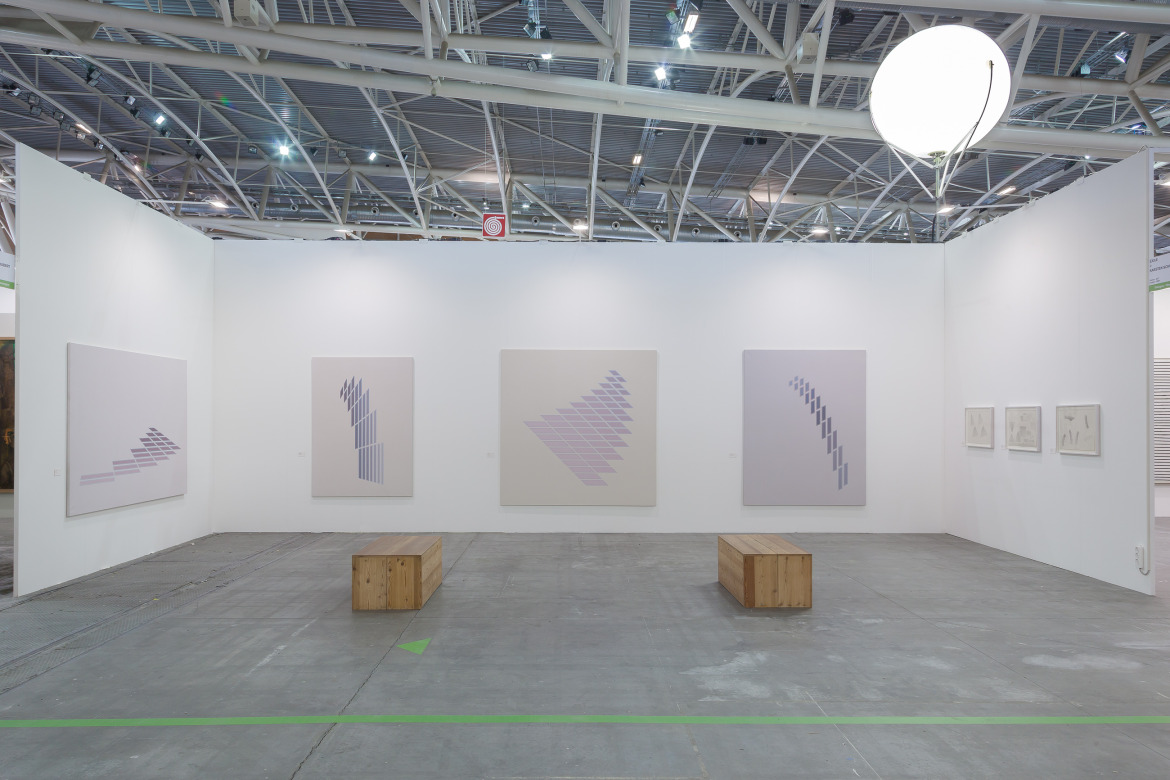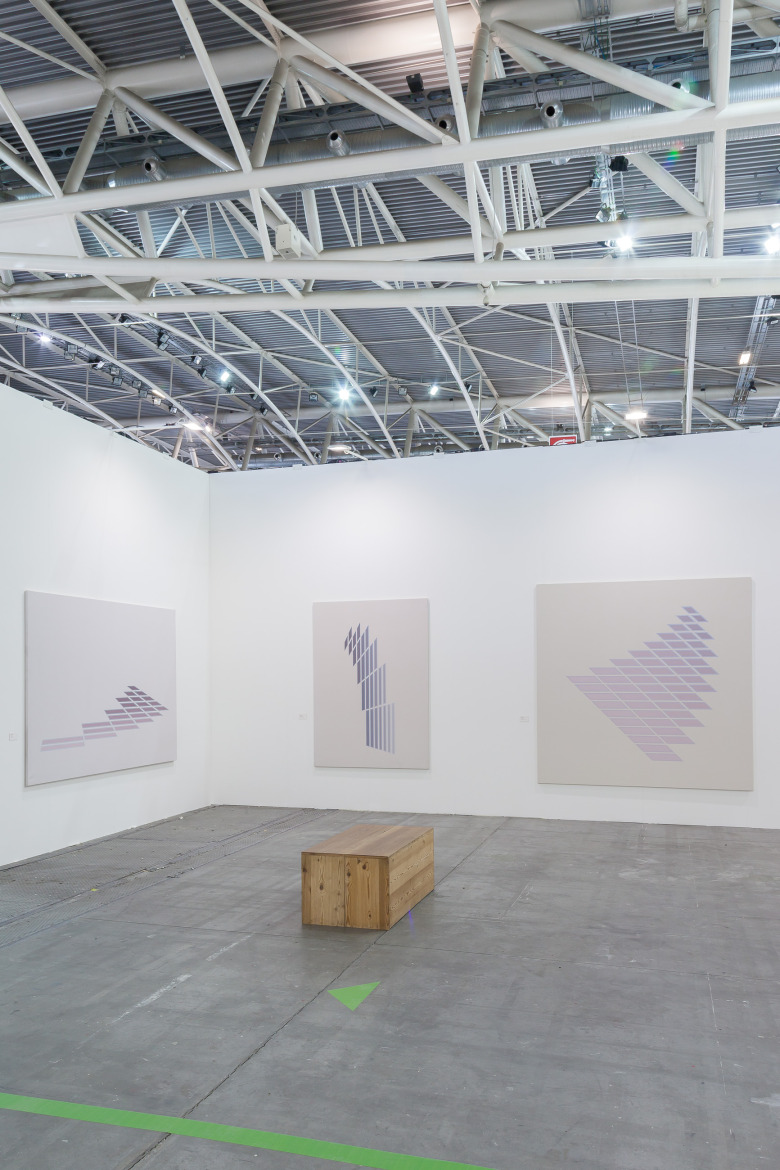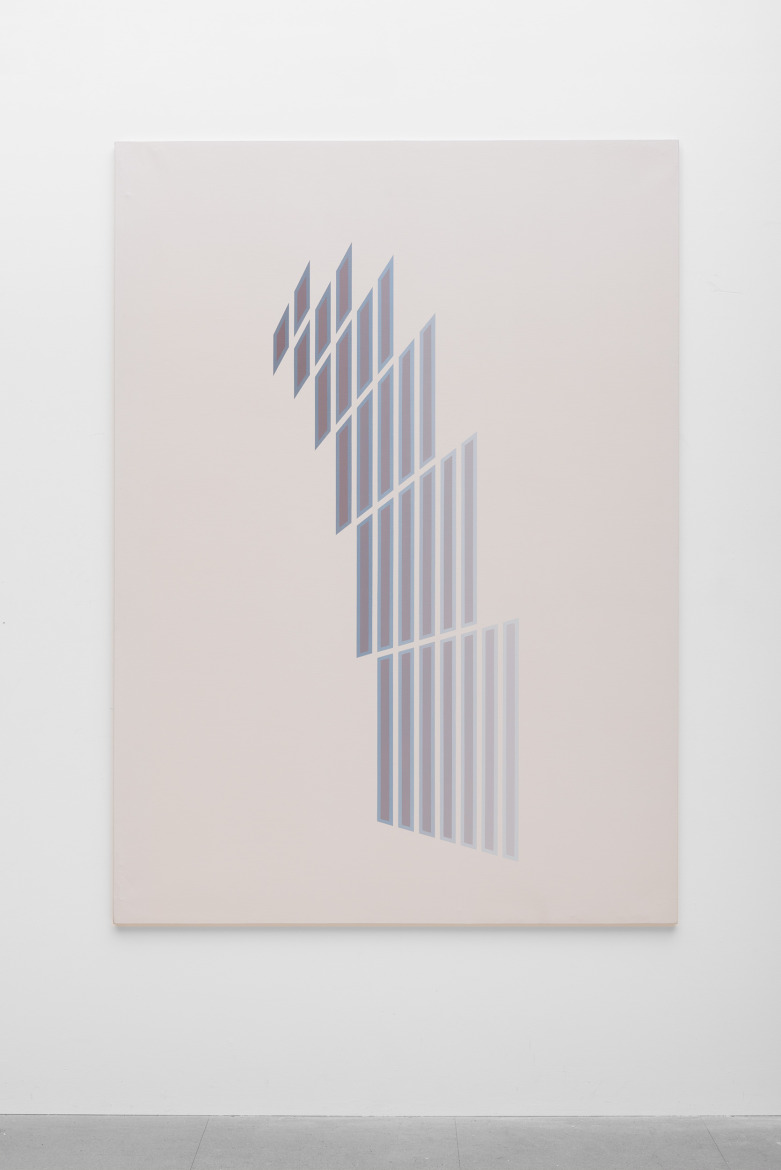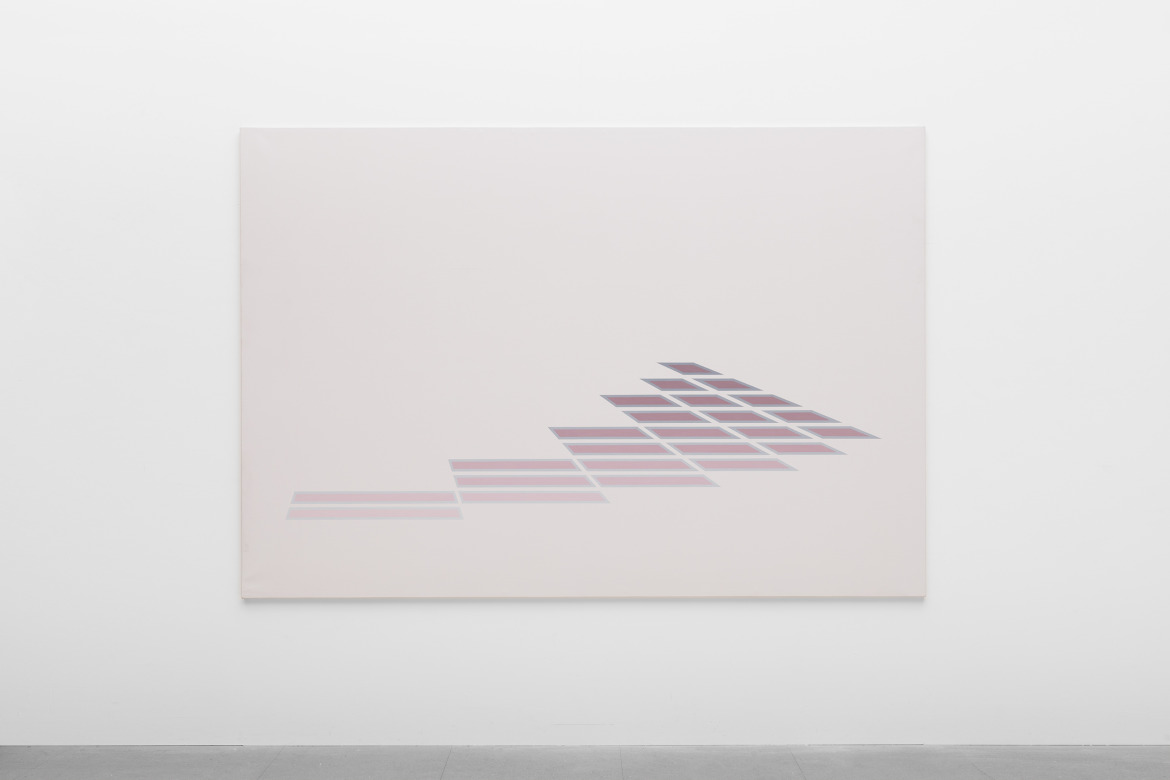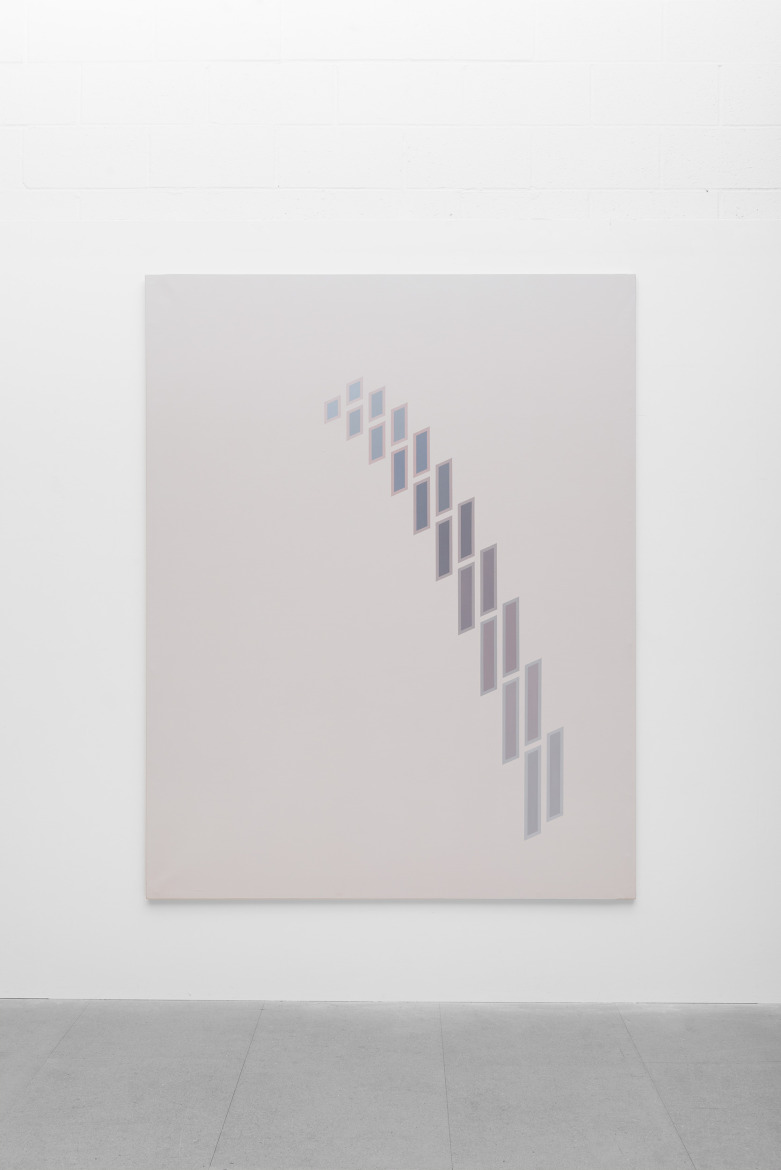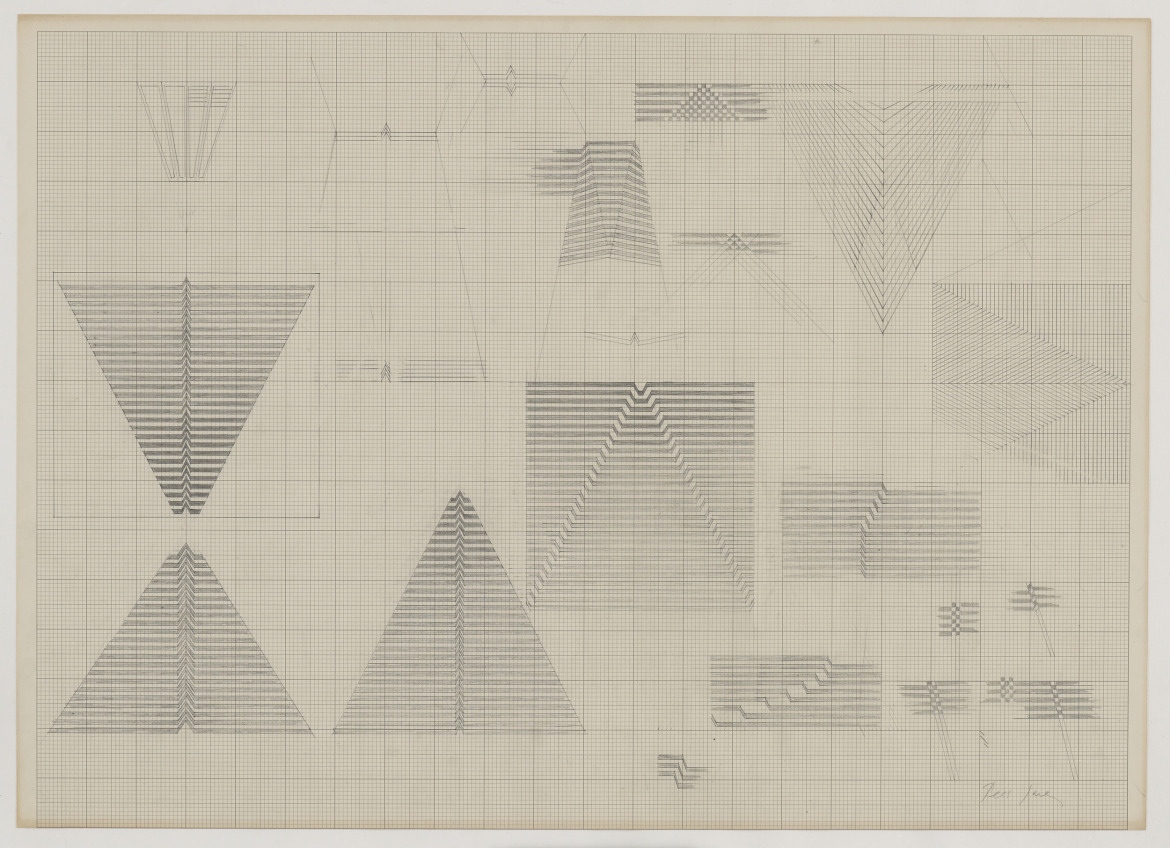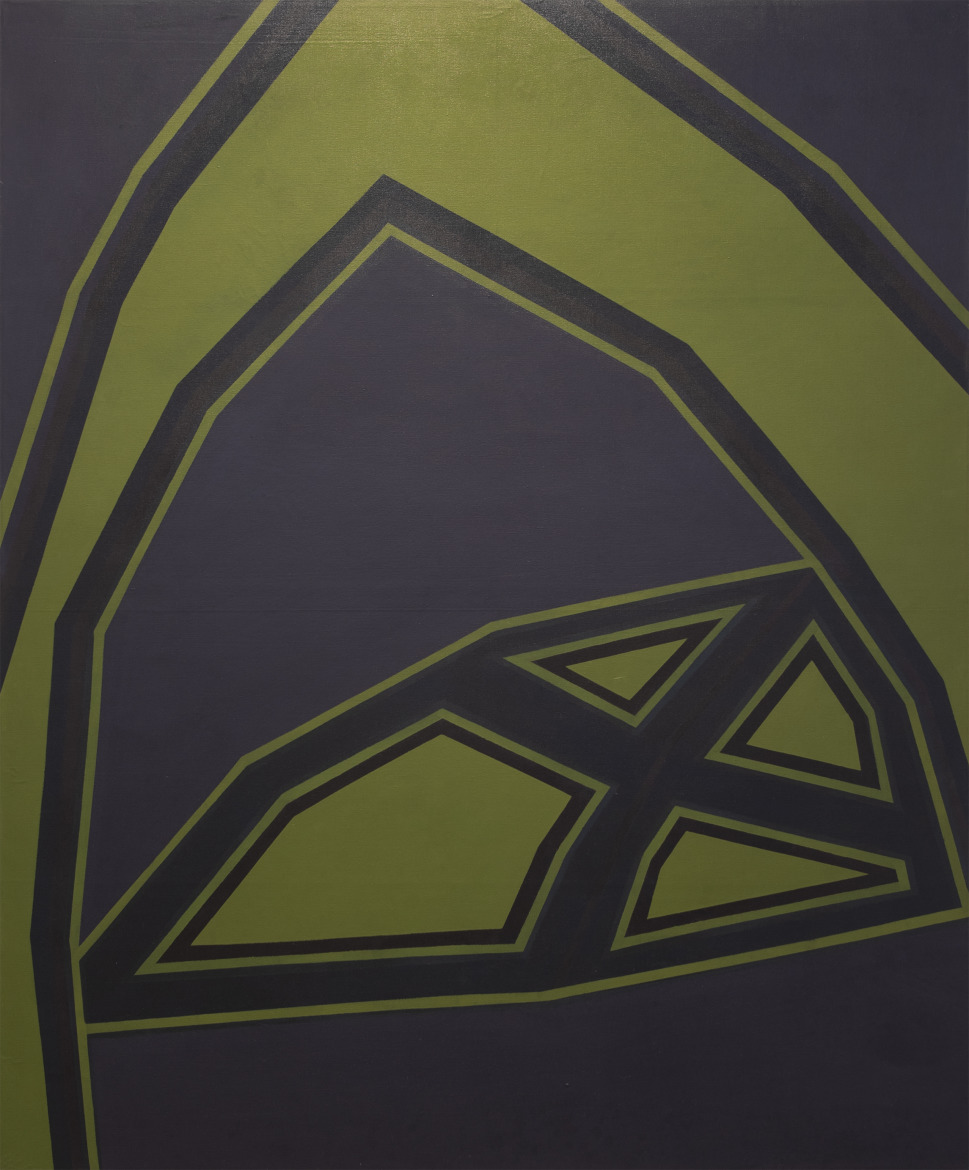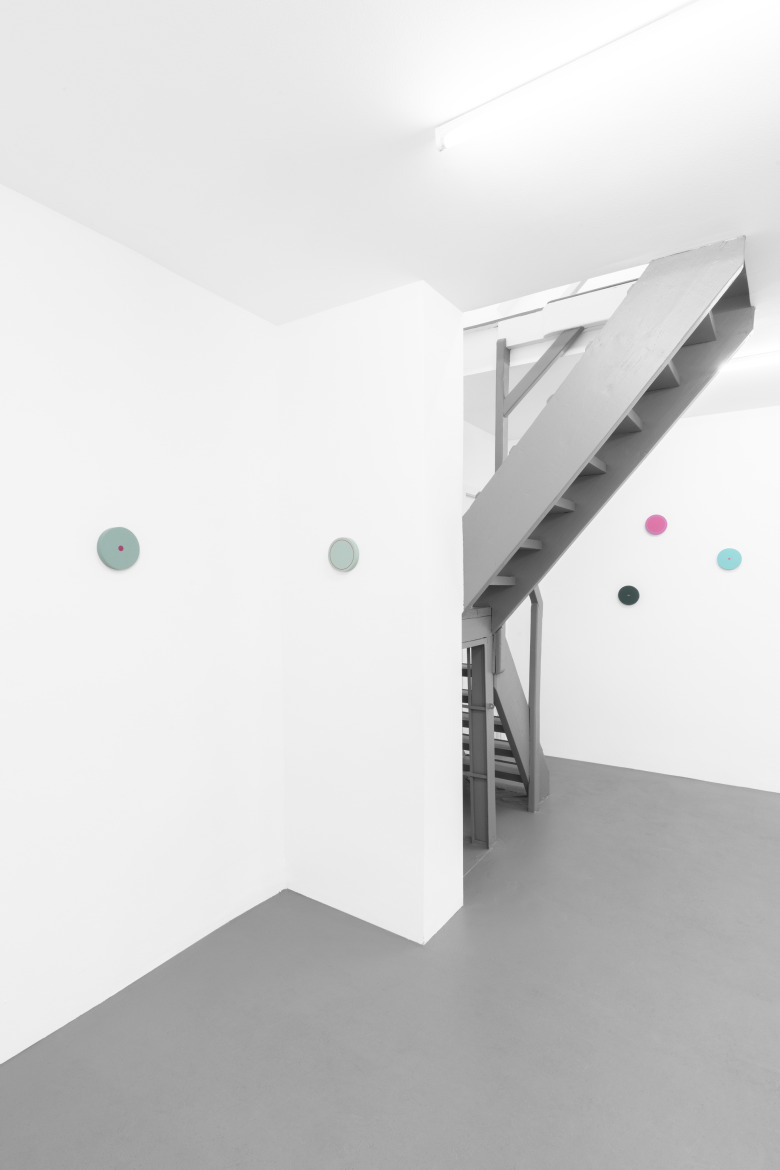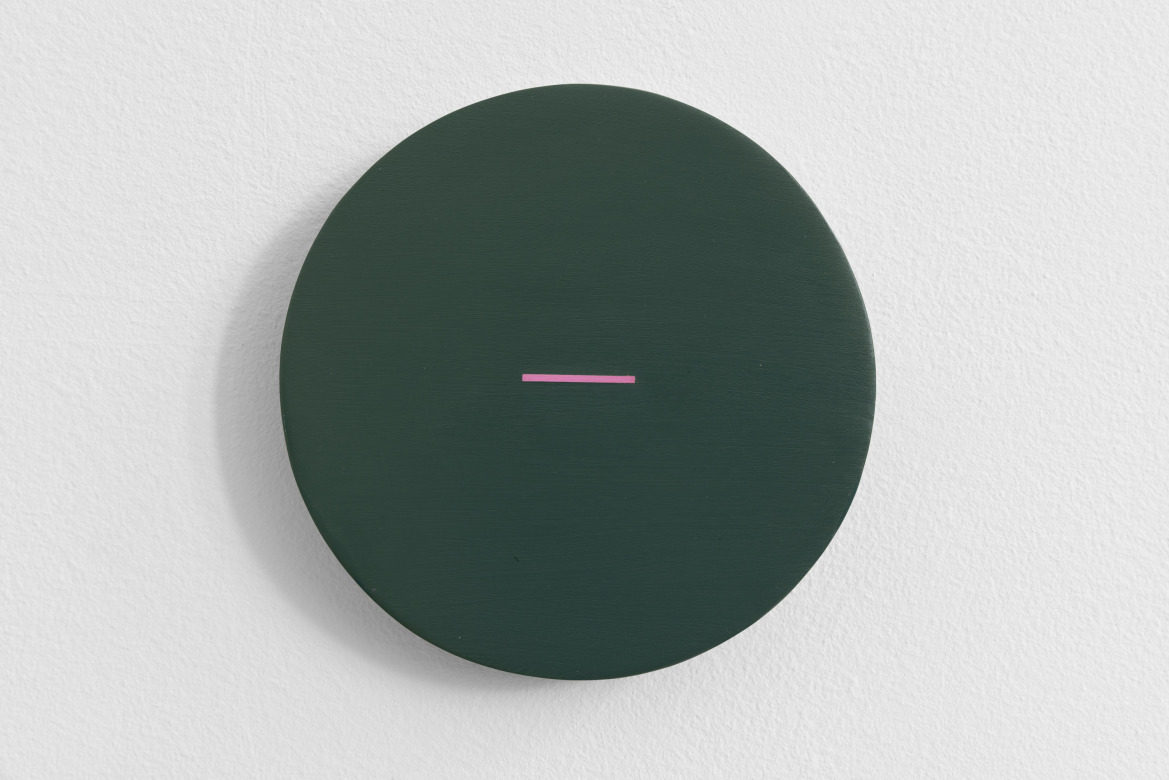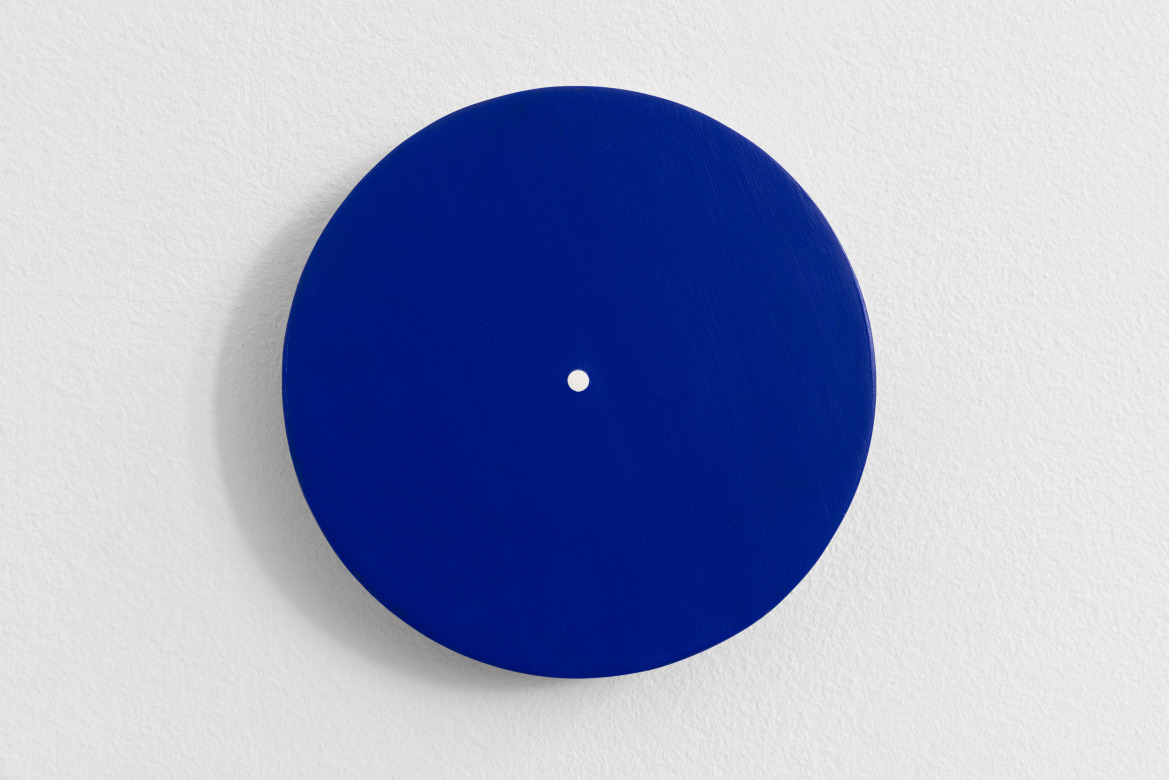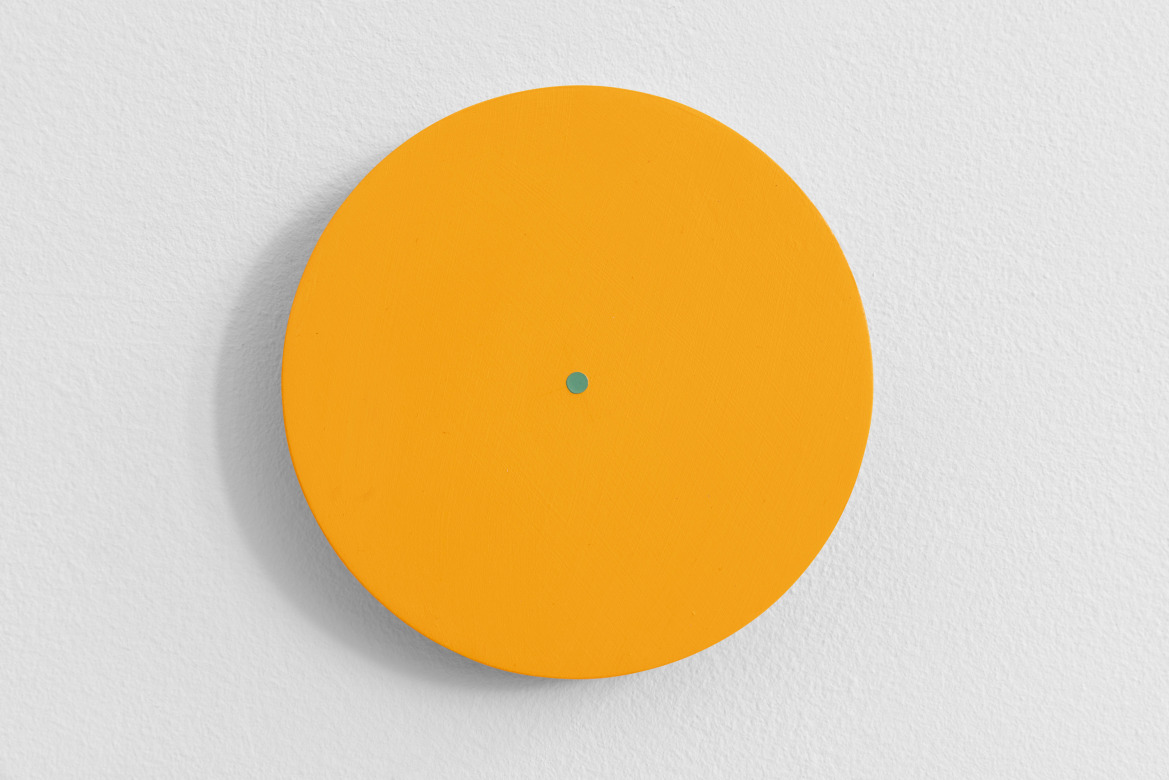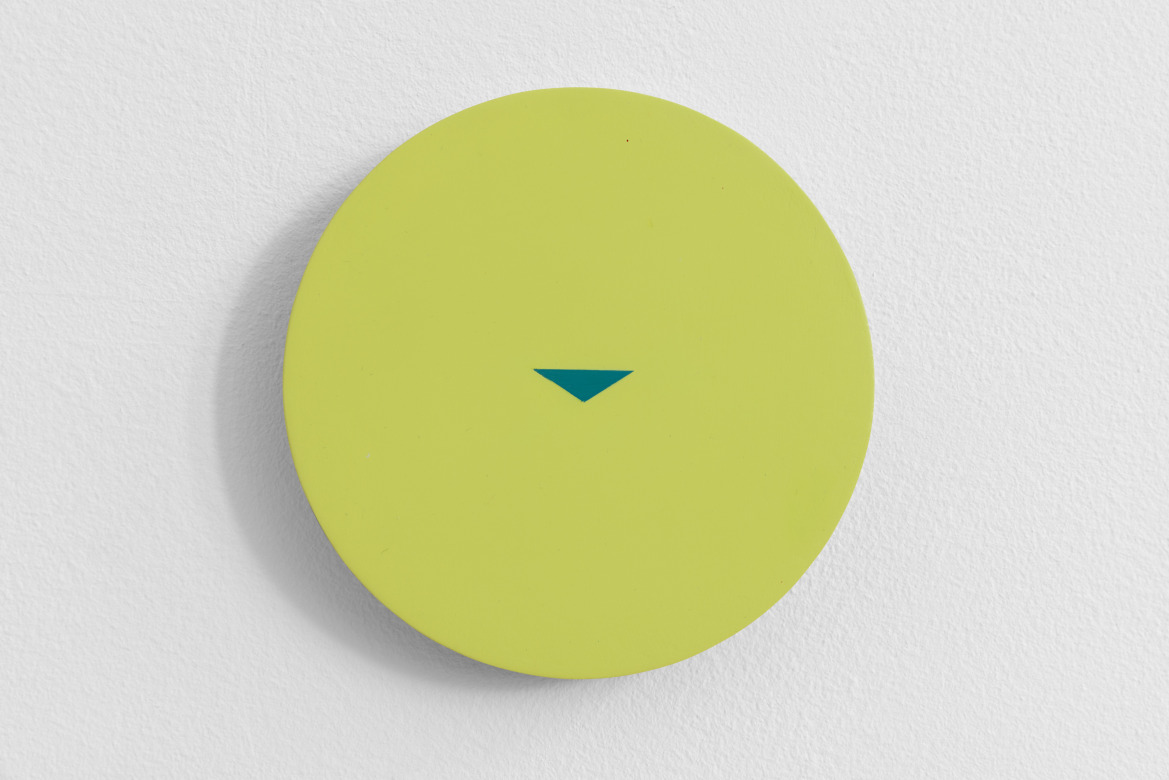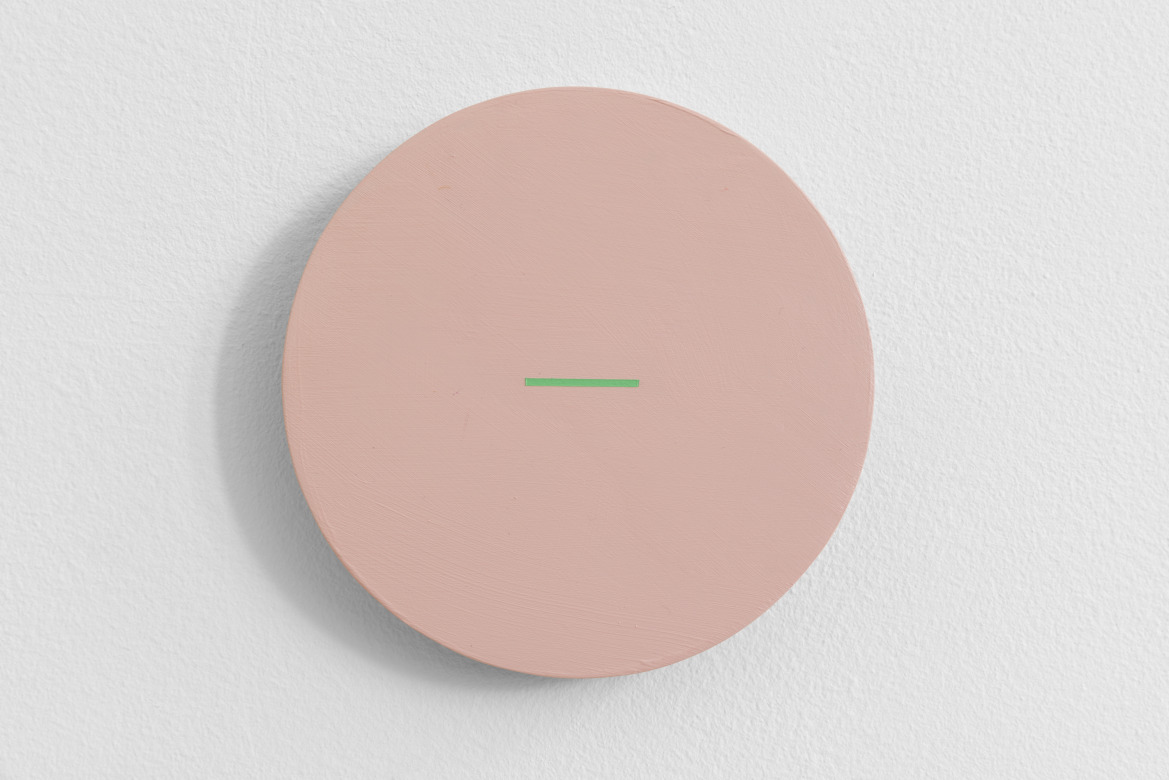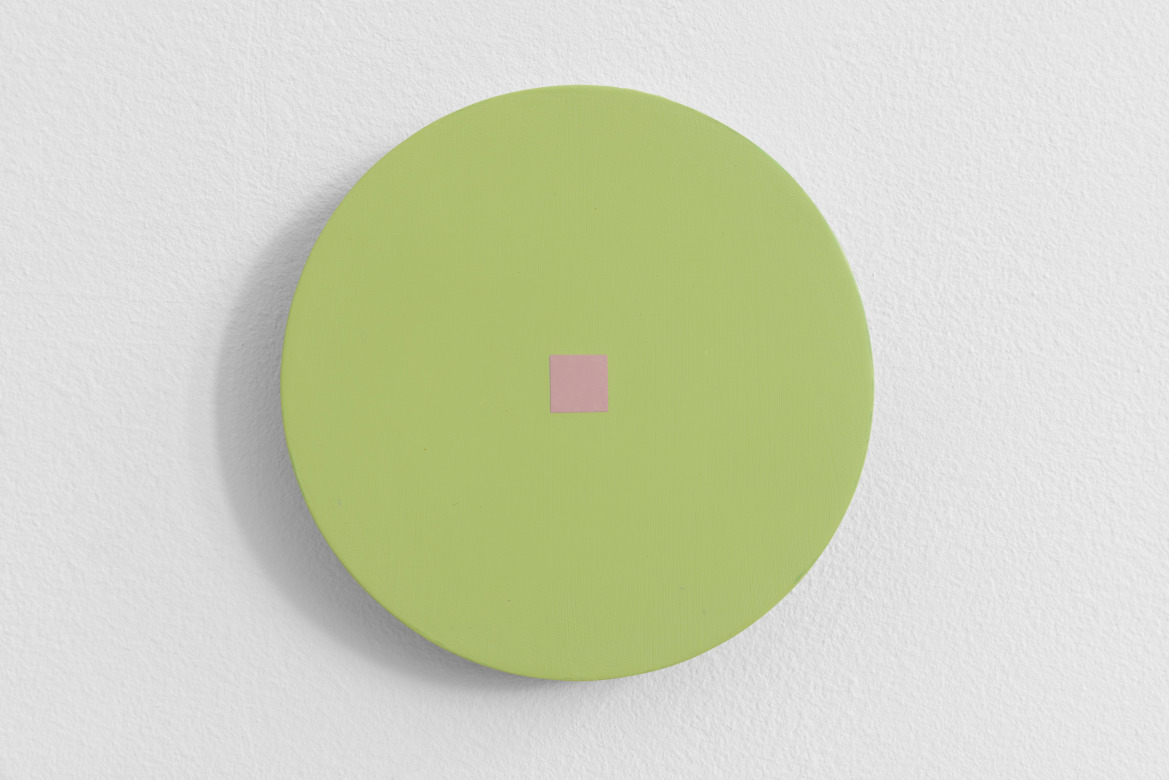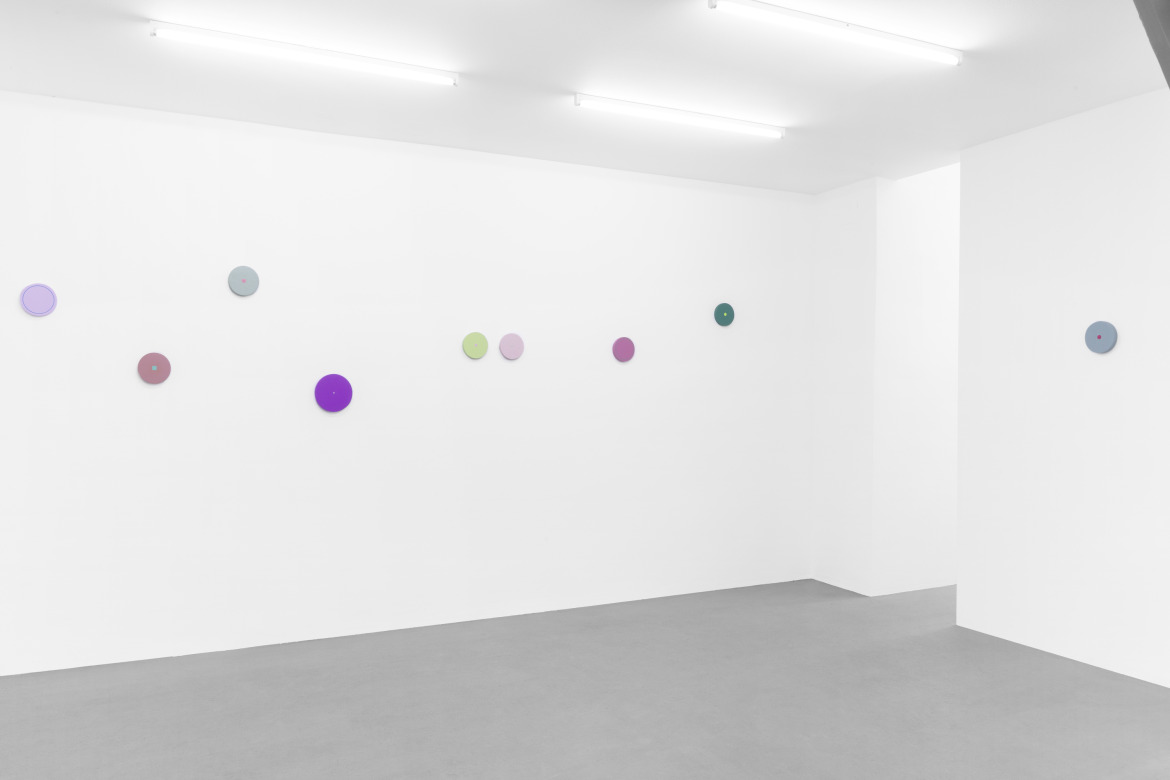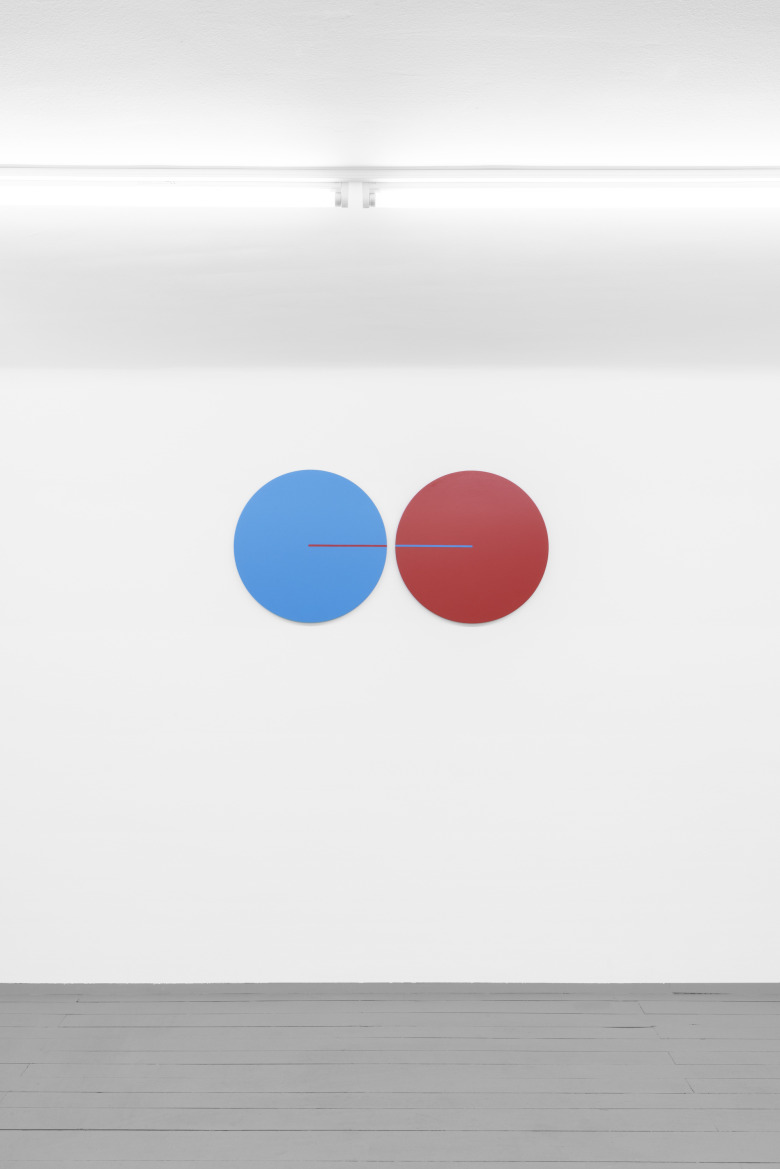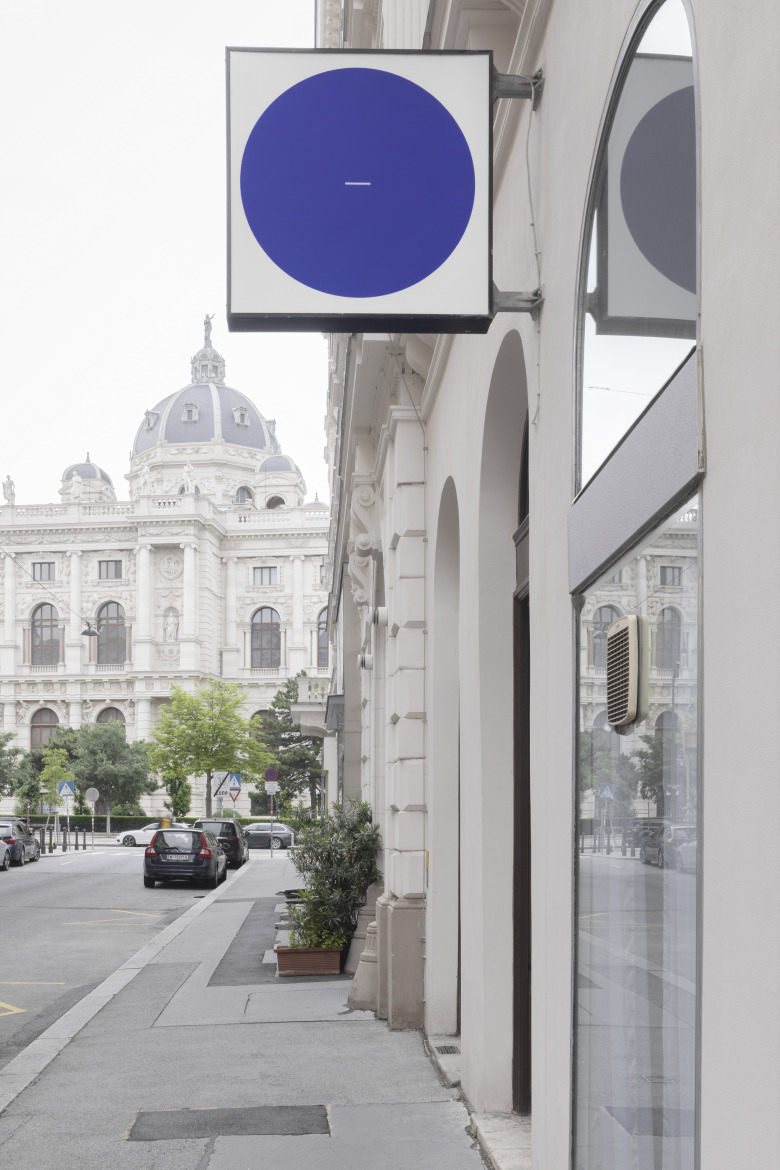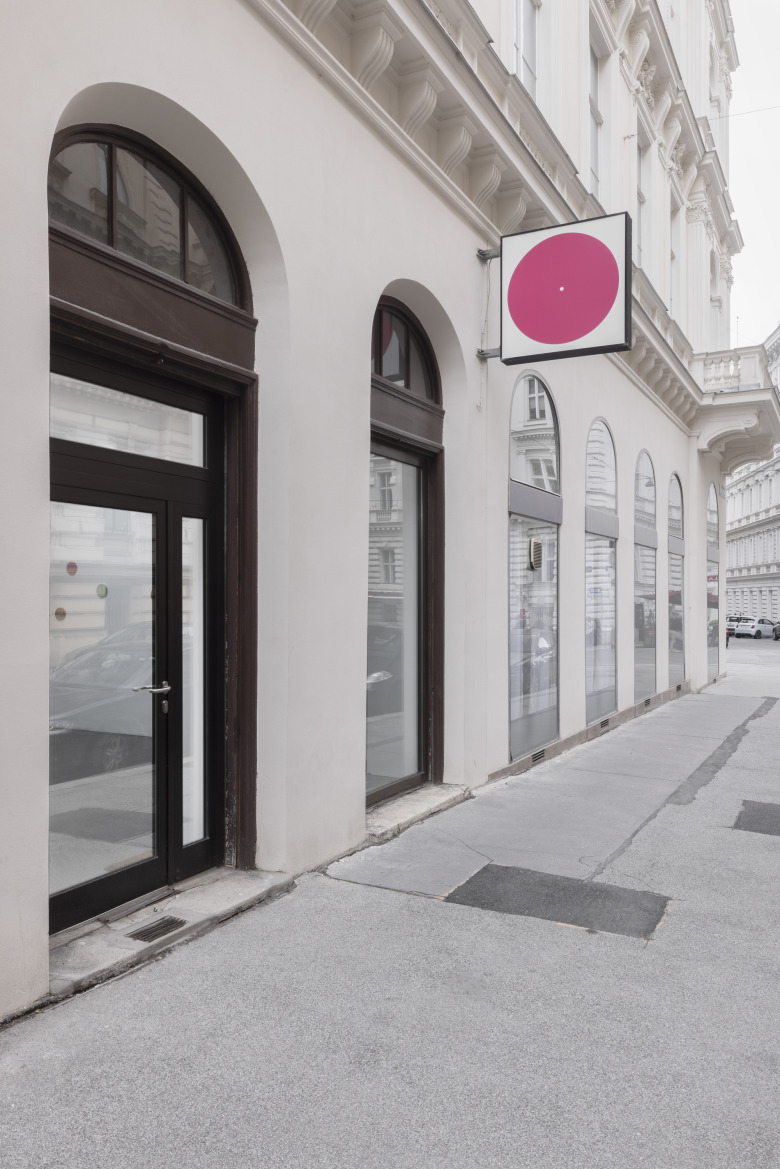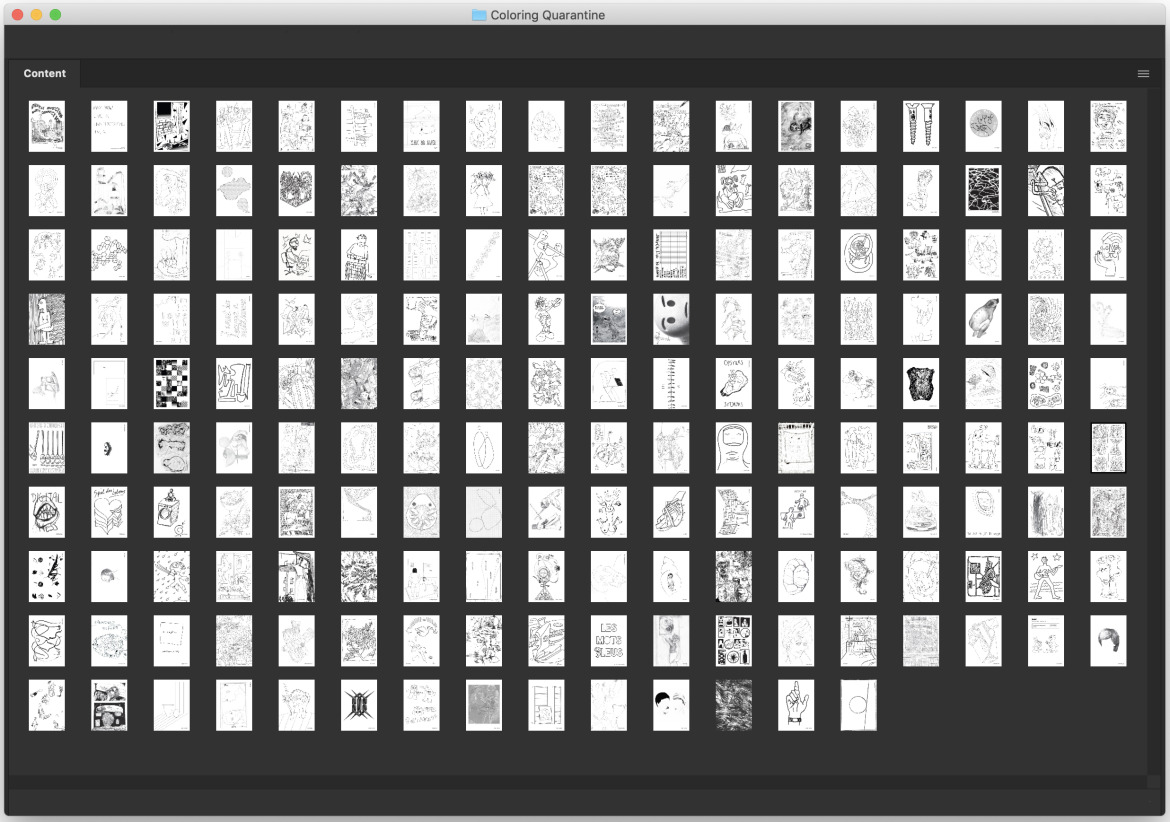
Coloring Quarantine, all 175 contributions are accessible via Dropbox folder in link above
Coloring Quarantine was an open call and open access project initiated in response to the closure of EXILE’s physical gallery space on March 13 due to COVID-19. Contributions could be made until Apr 22, the day EXILE was able to reopen with regular opening hours.
Coloring Quarantine has the simple aim to collect and share drawings from a wide range of contributors. All collected 175 contributed drawings remain accessible via an open-access dropbox folder from where they can be downloaded and printed out on any standard printer to color in for anyone experiencing lockdown.
Click on link to access dropbox folder→Coloring Quarantine
Coloring Quarantine Contributors: Aaron Schraeter, Adam Shecter, Adéla Součková, Adnan Balcinovic, Aggtelek, Ahu Dural, Alan Stefanato, Albrecht Pischel, Albrecht Wilke, Alexander Jackson Wyatt, Ali Fitzgerald, Almut Reichenbach, Alyssa De Luccia, Andrew Read, Andrew Rutherdale, Anna Bochkova, Anna Kautenburger, Anna Schachinger, Anne De Boer, Anne Meerpohl, Anneke Kleimann, Antanas Luciunas, Antonio Della Corte, Arnold Berger, Arthur Golyakov, Aykan Safoğlu, Belen Garcia, Bernd Löschner, Bianca Pedrina, Billy Miller, Bora Akinciturk, Bruno Hoffmann, Carl Lützen, Caro Eibl, Charlotte Heninger, Chiara No, Christophe de Rohan Chabot, Christopher Prendergast, Ciresu Tudor, Clémentine Coupau, Constantin Hartenstein, Cristian Tusinean, D L Alvarez, Dana Engfer, Daniel Ferstl, Darja Shatalova, Dennis Loesch, Edin Zenun, Ellen Schafer, Eloise Bonneviot, Eric Giraudet de Boudemange, Erica Baum, Ethan Assouline, Federico del Vecchio, Felix Oehmann, Fette Sans, Filip Dvořák, Francesco Della Corte, Francis Ruyter, Francisco Berna, Gabriela Tethalova, Gaspar Kunsic, Götz Schramm, Gribaudi Plytas, Guillermo Ros, Hanny Oldendorf, Hugo Gomesand, Isabela Ghislandi, Isabella Fürnkäs, Iumi Kataoka, Jakob Kolb, Janine Muckermann, Jeronim Horvat, João Marques, Johannes Daniel, Jonas Esteban, Jonathan Baldock, Joseph Manyou, Judit Kis, Julia Fischer, Julia Magdalene Romas, Julia Rublow, Julian Fickler, Jura Shust, Jurgen Ostarhild, Karen Dolev, Katharina Hoeglinger, Kea Bolenz, Kinga Kiełczyńska, Kinke Kooi, Laura Franzmann, Liliana Lewicka, Lisa Kuglitsch, Lisa Wölfel, Lorenzo Sandoval, Lucia Leuci, Lukasz Horbow, Lux Cervantes, M Reme Silvestre, Magdalena Kreinecker, Magdalena Mitterhofer, Marcus Knupp, Marianne Vlaschits, Martin Chramosta, Martin Hotter, Maurizio Vicerè, Max Freund, Michael Eppler, Michal Michailov, Michele Bazzoli, Moritz Frei, Nana Wolke, Nataly Gurova, Nazim Ünal Yilmaz, Nicolas Pelzer, Nikolay Georgiev, Nora Köhler, Norbert Witzgall, Nschotschi Haslinger, Patrick Alt, Patrick Panetta, Paul Barsch, Paul Otis Wiesner, Paul Riedmueller, Paul Robas, Pauł Sochacki, Paula Linke, Pedro Wirz, Philip Hinge, Rafał Zajko, Real Madrid, Remi Calmont, Ricardo Martins, Robert Culicover, Robin Waart, Sakari Tervo, Sarah & Charles, Sarah Bechter, Sarah Księska, Sarah Lehnerer, Scott Rogers, Sebastian Jung, Siggi Hofer, Siggi Sekira, Sofia Nogueira Negwer, Sophia Domagala, Sophie Aigner, Sophie Esslinger, Sophie Yerly, Spencer Chalk Levy, Stefan Reiterer, Stefanie Leinhos, Stefano Calligaro, Stelios Karamanolis, Sybren Renema, Taiana Defraine, Tess Jaray, Thomas Baldischwyler, Thomas Geiger, Thomas Grogan, Thomas Laubenberger, Tilman Hornig, Timea Mitroi, Tom Holmes, Travis Jeppesen, Ulrike Johannsen, Vanya Venmer, Veronika Neukirch, Viktor Timofeev, Virginia Russolo, Vlad Nancă, Wieland Schönfelder, Witalij Frese, Xenia Lesniewski, Yannik Soland, Yein Lee, Zuzanna Czebatul
